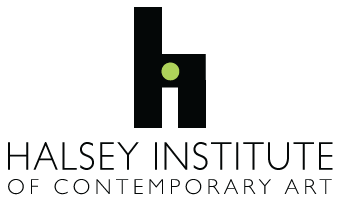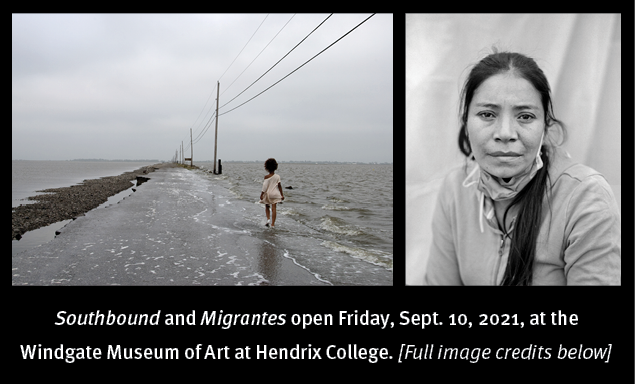
New Exhibitions Open Sept. 10 at Windgate Museum of Art at Hendrix College
Hendrix College | August 21, 2021
The Windgate Museum of Art (WMA) at Hendrix College is pleased to announce the opening of its fall exhibitions, Southbound: Photographs of and about the New South and Migrantes, on Friday, Sept. 10, 2021.
Southbound: Photographs of and about the New South comprises 55 photographers’ visions of the South over the first decades of the 21st century. The images represent the photographers’ own contemplated response to their chosen environments—no photographs were commissioned for the project. The Southbound photographs provide the viewer with shifting pathways to moments of unbridled joy and deep frustration, and, ultimately, to an understanding, however fleeting, of this place, the New South.
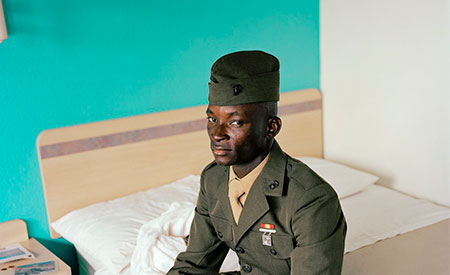
‘Southbound’ exhibit wants to blow up stereotype of southerners as slow-thinking bumpkins
The Advocate | November 20, 2020
Mark Sloan was tired of the stereotypes, of how people thought of southerners as slow-talking, slow-thinking bumpkins.
So he set out to change those perceptions.
The result of his efforts is the photo exhibit “Southbound: Photographs of and about the New South,” now showing at the LSU Museum of Art.
Sloan, director of the Halsey Institute of the College of Charleston, and the institute’s curator-at-large Mark Long began working on the project six years ago.
What started with a search for images developed in one of the most comprehensive projects about the American South ever assembled.
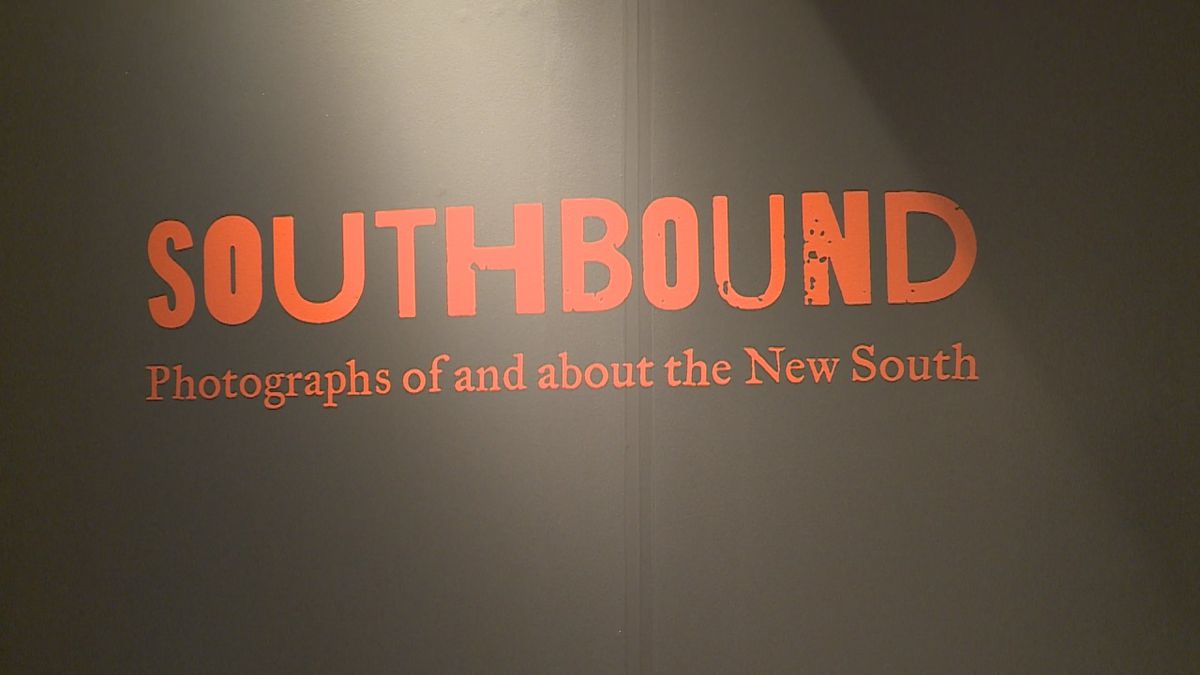
“Southbound” exhibit is now open to the public
WTOK-TV Meridian, Ms. | June 13, 2020
A new exhibit focused on the visions of the south at the Mississippi Arts and Entertainment Experience is open to the public.
The new exhibition “Southbound” explores Photographs of and about the New South. The MAX and Meridian Museum of Art partnered to spit all 220 photographs and to showcase them in their museum. According to southboundproject.org, “The photographs echo stories told about the South as a bastion of tradition, as a region remade through Americanization and globalization, and as a land full of surprising scenes and colorful characters.” If you want to see the other half of the exhibit, the Meridian Museum of Art will open Tuesday to the public.
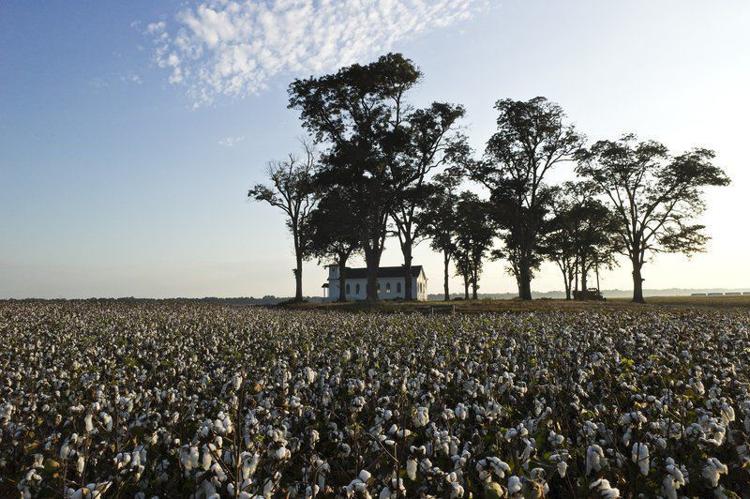
ON THE GO: The MAX, Meridian Museum of Art team for Southbound photo exhibit
The Meridian Star | June 10, 2020
The Mississippi Arts + Entertainment Experience and the Meridian Museum of Art come together to present the exhibition Southbound: Photographs of and about the New South beginning Saturday for the general public.
Take a journey through the history, culture, environment and people since Reconstruction through the lenses of 56 photographers.
The exhibition runs through Sept. 6. Free with museum admission at The MAX; free and open to the public at The Meridian Museum of Art.
An opening reception will be held at the two venues Friday, from 5:30 p.m. to 7 p.m. at The MAX and from 6 p.m. to 7:30 p.m. at the Meridian Museum of Art.
Hors d’oeuvres + beverages will be served at The MAX, and desserts and coffee will be served at the museum. A cash bar will be available at both locations.
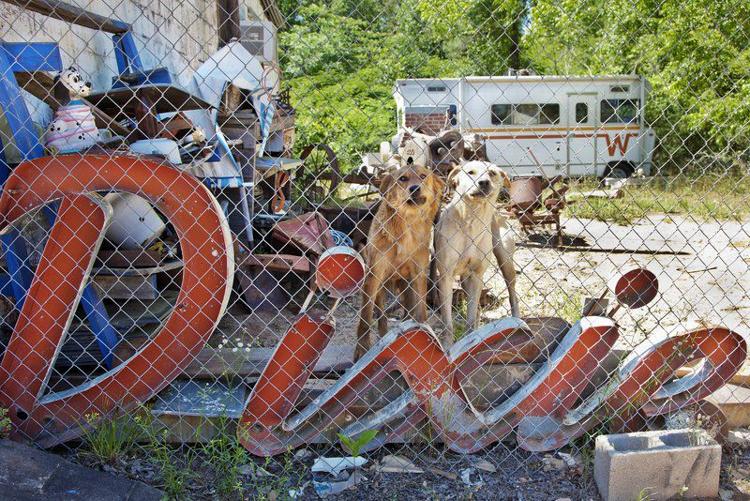
Photographs of and about the New South’ opens June 12
The Meridian Star | May 30, 2020
An exhibition comprised of 56 photographers’ visions of the South over the first decades of the 21st century will be a joint venture for two downtown Meridian venues.
“Southbound: Photographs of and about the New South” will be on display at The Mississippi Arts + Entertainment Experience (The MAX) and the Meridian Museum of Art (MMA) simultaneously through September.
“Southbound” offers a composite image of the region. The photographs echo stories told about the South as a bastion of tradition, as a region remade through Americanization and globalization, and as a land full of surprising scenes and colorful characters. The project’s purpose is to investigate the senses of place in the South that congeal, however fleetingly, in the spaces between the photographers’ looking, their images, and our own preexisting ideas about the region.
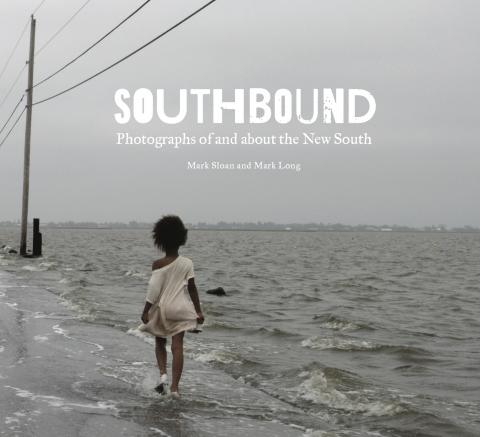
Seeing the New South
UNC Greensboro | April 24, 2020
What does contemporary “Southerness” look like?
This is the challenge that UNCG geography professor Dr. Rick Bunch and his collaborators from the College of Charleston – Mark Sloan and Mark Long – took on in their book and exhibition, “Southbound: Photographs of and about the New South.” In the project, fine art meets geography in a collaborative effort to depict and map the New South.
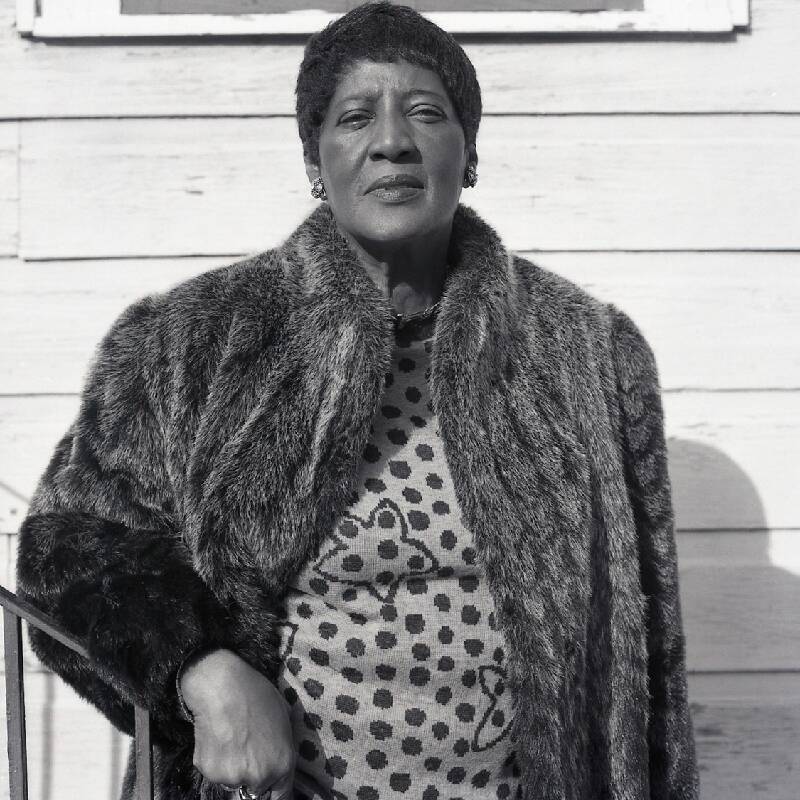
New exhibit at Hunter Museum puts the new South on display
Chattanooga Times Free Press | February 8, 2020
The new South is now on display, thanks to 200 images taken by more than 56 photographers, at The Hunter Museum of American Art as part of Southbound: Photographs of and about the New South
Organized by the Halsey Institute of Contemporary Art at the College of Charleston in Charleston, South Carolina, the exhibit showcases the history of the American South on film. The region is among the most culturally diverse and storied, and, therefore, photographed in the world.
These photographs, though relatively small in number, capture that diversity and vitality.
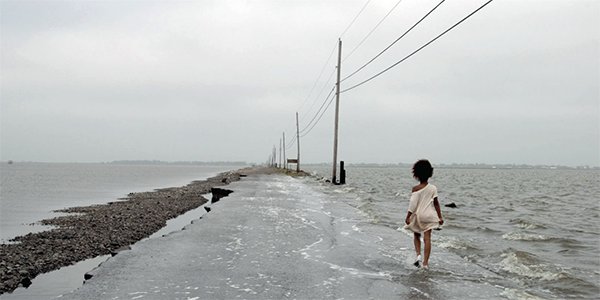
Southbound Comes To Town
The Chattanooga Pulse | February 5, 2020
If someone asked you to come up with a mental picture of the South, it’d probably be pretty easy; I mean, we live in the South. However, if you really think about it, the South is an incredibly diverse place. There are the mountains of Tennessee and North Carolina, the hustle and bustle of Atlanta, the bayous of Louisiana, the Mississippi deltas, and so much more in the states between.
Thinking even further, the South has changed substantially over the years, especially since the turn of the 21st century. The Hunter Museum will be showcasing the New South since the year 2000 in their newest photography exhibit, titled “Southbound: Photographs of and about the New South”.

Hunter Museum Presents Southbound: Photographs Of And About The New South
The Chattanoogan | December 17, 2019
The Hunter Museum presents Southbound: Photographs of and about the New South, featuring more than 200 images by 56 photographers and representing the largest exhibition of photographs of the American South in the twenty-first century. The exhibition will open Friday, Jan. 31, 2020.
Review for Southbound:
The history of the American South is among the most storied of any region in the world. As a result of its cultural vitality and the diversity of its inhabitants, the area has also come to be among the most photographed. Since capturing the essence of this complex region and its inhabitants would be impossible – even with 20 images – the exhibition presents a kaleidoscope view. With multiple perspectives, each viewpoint comprises a single facet that taken together represent a multilayered, colorful vision of a region steeped in tradition yet constantly changing.

College’s Halsey Institute’s ‘Southbound’ Book Wins 2019 Alice Award
The College Today | November 21, 2019
If you were on campus in the fall of 2018, it’s likely that you took note of “Southbound,” the photographic exhibition that hung at the Halsey Institute of Contemporary Art (and Charleston’s City Gallery) for the entire fall semester. That mammoth show, which featured the work of 56 photographers, offered a vivid portrait of the diverse social culture of the American South. The catalog of that exhibit – a hardbound book of the same name – is equally impressive. That’s why it’s not surprising that the Southbound book recently won the Alice Award, one of the most prestigious book prizes in the U.S.
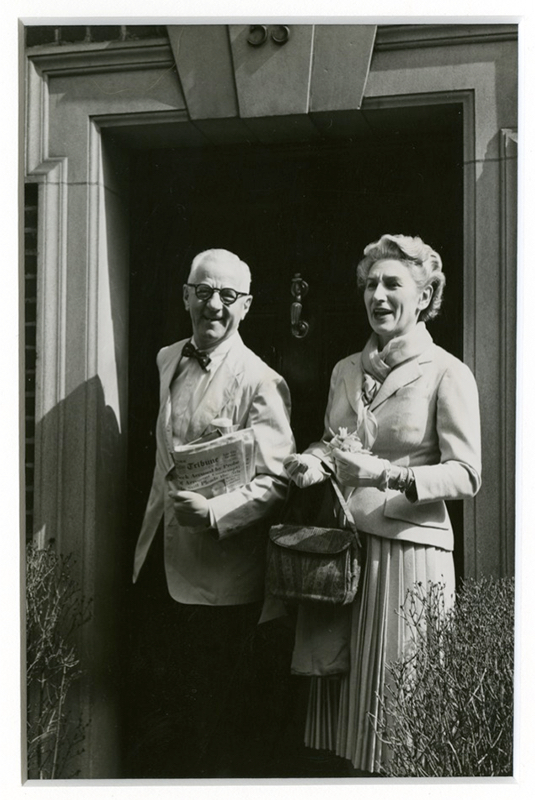
Love illustrated books? Get to know the Alice Award
The Magazine Antiques | November 4, 2019
The Smithsonian Institution’s Archives of American Art include an engaging 1978 interview with Alice Manheim Kaplan, a prominent New York-based figure in the cultural world of the 1960’s and beyond who served as president of the American Federation of Arts and as a board member of the Whitney Museum and the American Folk Art Museum, among other posts. Known for her extraordinary eye, Kaplan described herself in the interview as an “accumulator” of art—rather than as a collector who worked with intention and a logical plan. Her interests ranged widely, from works by the itinerant early American portrait artist Ammi Phillips to African art to the drawings of the Austrian modernist Egon Schiele.
…
The winner was Southbound: Photographs of and about the New South, edited by Mark Sloan and Mark Long and published by the Halsey Institute of Contemporary Art of the College of Charleston.
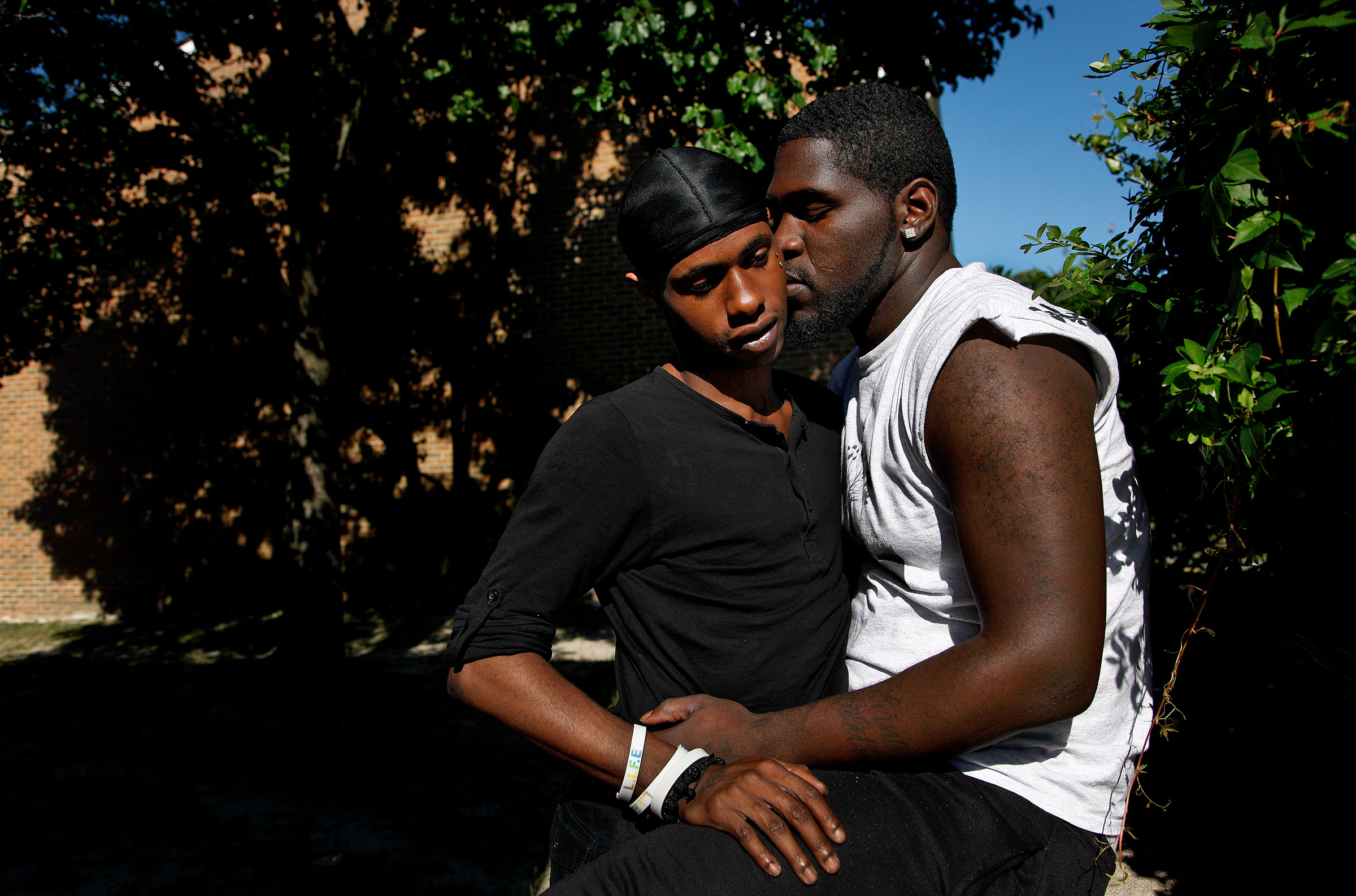
Halsey Institute’s “Southbound” photo book recognized with national Alice Award
Charleston City Paper | September 30, 2019
Southbound: Photographs of and about the New South, a 2018 publication by the Halsey Institute of Contemporary Art at the College of Charleston, has been chosen as the winner of the 2019 Alice Award.
The Alice Award is granted by Furthermore grants in publishing, a program of the J.M. Kaplan Fund, with a top prize of $25,000. Southbound was chosen as the winner out of over 120 submissions received in 2019.
The Southbound book was published in 2018 to accompany the Halsey’s exhibition of the same name, a collection of 56 photographers’ visions of the South over the first decades of the 21st century. Stories accompany the photos to provide the reader with a sense of place.
The award is intended to support the kind of slow reading movement that recognizes and cherishes the lasting values of well-made illustrated books, and the special meaning and sense of intimacy they afford. Each year, a jury of leaders in publishing and the arts select the winning book from hundreds of eligible titles. The J.M. Kaplan Fund supports and helps sustain the publication of significant non-fiction books.

FOCUS: Halsey Institute’s Southbound wins national $25,000 award
Charleston Currents | September 30, 2019
A 2018 book of photographs of the South by the Halsey Institute of Contemporary Art at the College of Charleston has won the 2019 Alice Award, a $25,000 prize given annually by Furthermore to a richly-illustrated book that “makes a valuable contribution to its field and demonstrates high standards of production.”
The book, Southbound: Photographs of and about the New South, accompanied the Halsey Institute’s 2018 exhibition of the same name. The book was edited and included an introduction by the exhibition curators, Mark Sloan and Mark Long, and designed by Gil Shuler Graphic Design. The catalogue contains contributions by Nikky Finney, Eleanor Heartney, William Ferris, John T. Edge and Rick Bunch. The Southbound project comprises 56 photographers’ visions of the South over the first decades of the 21st century. The photographs are accompanied by stories that provide the reader with a sense of place.

Local arts in brief
Post & Courier | September 28, 2019
‘Southbound’ catalog wins big prize
The Halsey Institute of Contemporary Art at the College of Charleston has won the 2019 Alice Award for its book “Southbound: Photographs of and about the New South,” published in conjunction with a sprawling and landmark exhibition that opened in October last year.
The volume was one of three finalists, and 120 total submissions, for the award and accompanying $25,000 prize from Furthermore Grants in Publishing, a program of the J.M. Kaplan Fund. Shortlisted titles win $5,000.
The award “is given annually to a richly illustrated book that makes a valuable contribution to its field and demonstrates high standards of production.”

“Southbound” Photobook Wins the 2019 Alice Award
FINE BOOKS & COLLECTIONS MAGAZINE | September 18, 2019
This year’s winner of the Alice Award has been announced: Southbound: Photographs of and about the New South. Southbound contains fifty-six photographers’ visions of the South over the first decades of the twenty-first century. It was published to accompany an exhibition at the Halsey Institute of Contemporary Art, College of Charleston, South Carolina, which is currently traveling to several art museums around the country. (Check here for current venues.)
For several years now we’ve been covering the Alice Award, an annual $25,000 prize for superior illustrated books sponsored by Futhermore grants in publishing, a program of the J.M. Kaplan Fund. We also published a profile of the president of Furthermore, philanthropist Joan K. Davidson. The Alice Award is a worthy endeavor that deserves celebration each and every time.
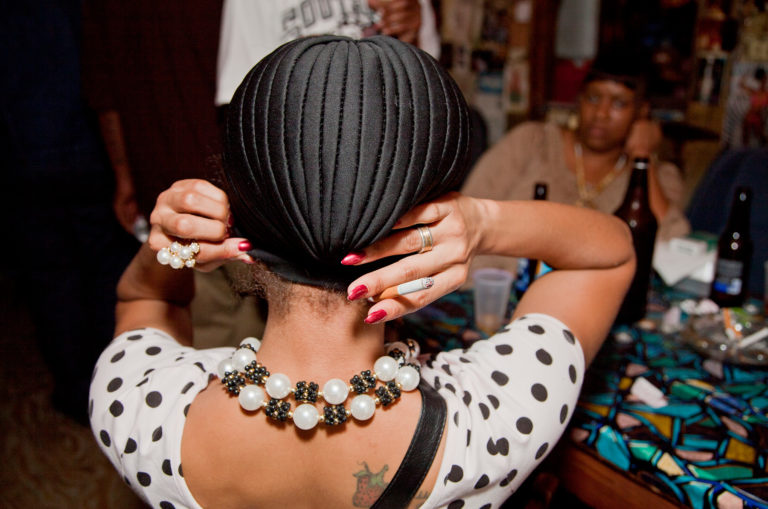
News-in-Brief: September 18, 2019
BURNAWAY | September 18, 2019
The Alice Award, a financial award of twenty-five thousand dollars to a richly illustrated book that “makes a valuable contribution to its field and demonstrates a high standards of production” will be presented this October to Southbound: Photographs of and about the New South, published in 2019 to accompany the exhibition of the same name that opened at the Halsey Institute of Contemporary Art in Charleston, South Carolina, last year. The award is given annually by Furthermore, a program of the J.M Kaplan Fund.
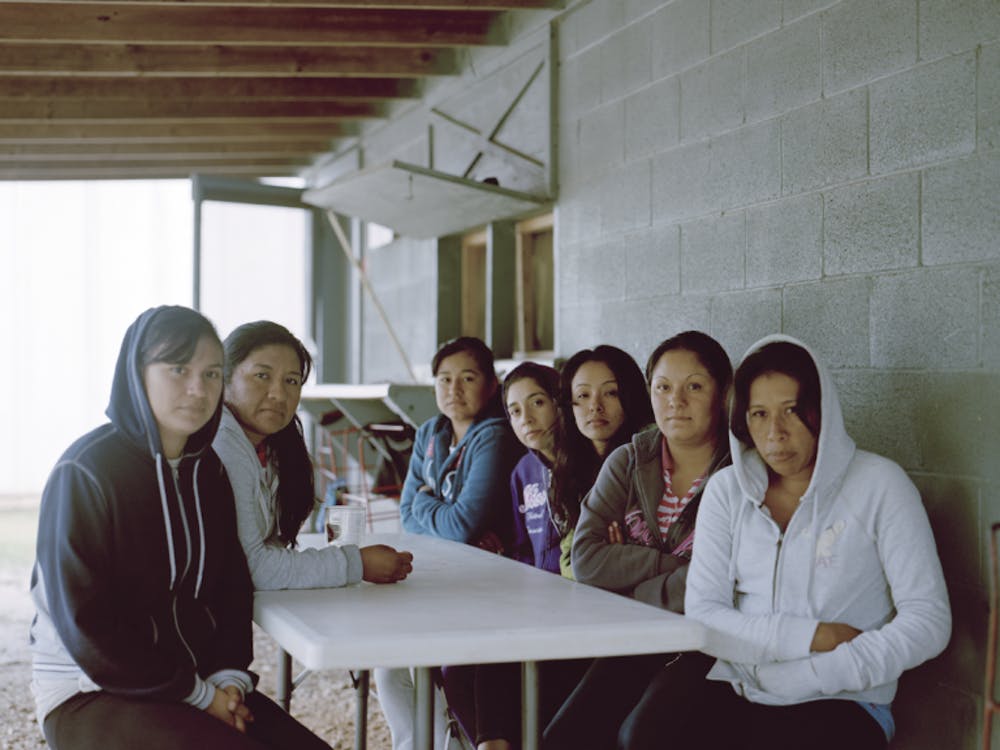
‘Southbound’ exhibit at Power Plant Gallery resists stereotypes about Southern identity
The Duke University Chronicle | September 12, 2019
The American South is an ever-changing landscape, its growing communities and dynamic businesses pushing the region away from strict definitions. With a dark history and rich culture, it’s convenient to describe the South as nothing more than a land of sweet tea and bitter discrimination. The New South, however, presents a progressive transformation from 19th-century Dixie. This fall, “Southbound: Photographs of and about the New South” illustrates the heartbreaking stories of the past and pluralistic identity of the present.
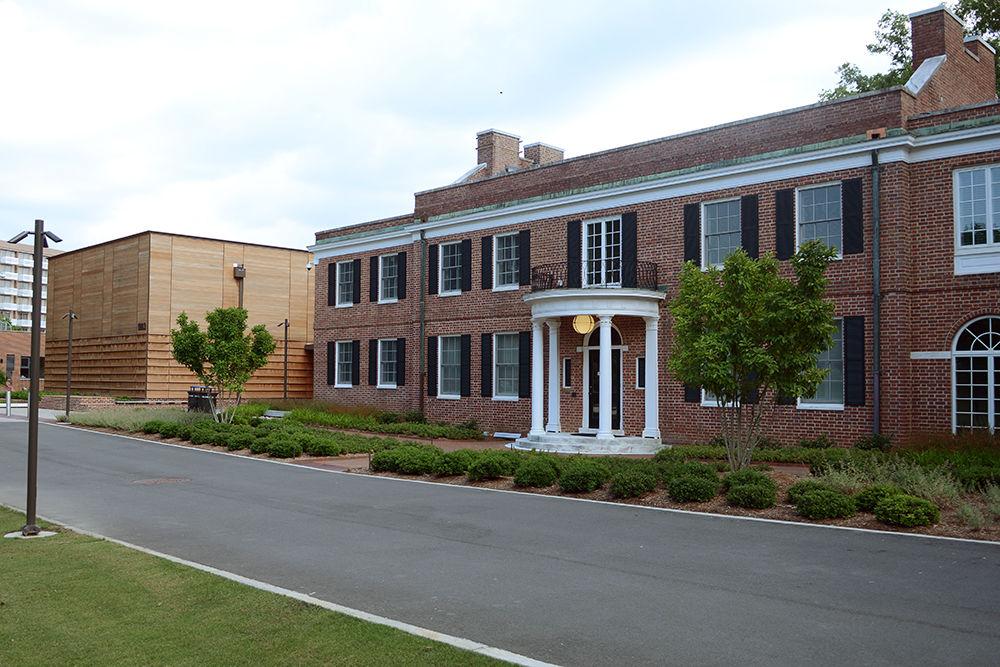
Exhibit at Gregg highlights resilience, evolution of the South
The Technician | September 10, 2019
On Sept. 5, the Gregg Museum of Art & Design opened a new exhibition, “Southbound: Photographs of and about the New South.” This exhibition is organized by the Halsey Institute of Contemporary Art and focuses on the ever-changing American South. Through photographs, the exhibit highlights the plethora of perspectives and experiences people have with the southern region.
Evelyn McCauley, marketing & communications coordinator at the Gregg, said at the gallery opening that the particular exhibition presented at the Gregg is titled “Home: How We Make Ourselves.”
“I would say [the exhibit] is an examination of how the South has changed, what we might think of collectively when we think of the South in the United States, and also probably some personal reactions,” McCauley said.
Although originally curated by Mark Long and Mark Sloan of the Halsey Institute, the Gregg worked with a local guest curator, Randall Kenan, an English professor at the University of North Carolina at Chapel Hill, to create their exhibit.
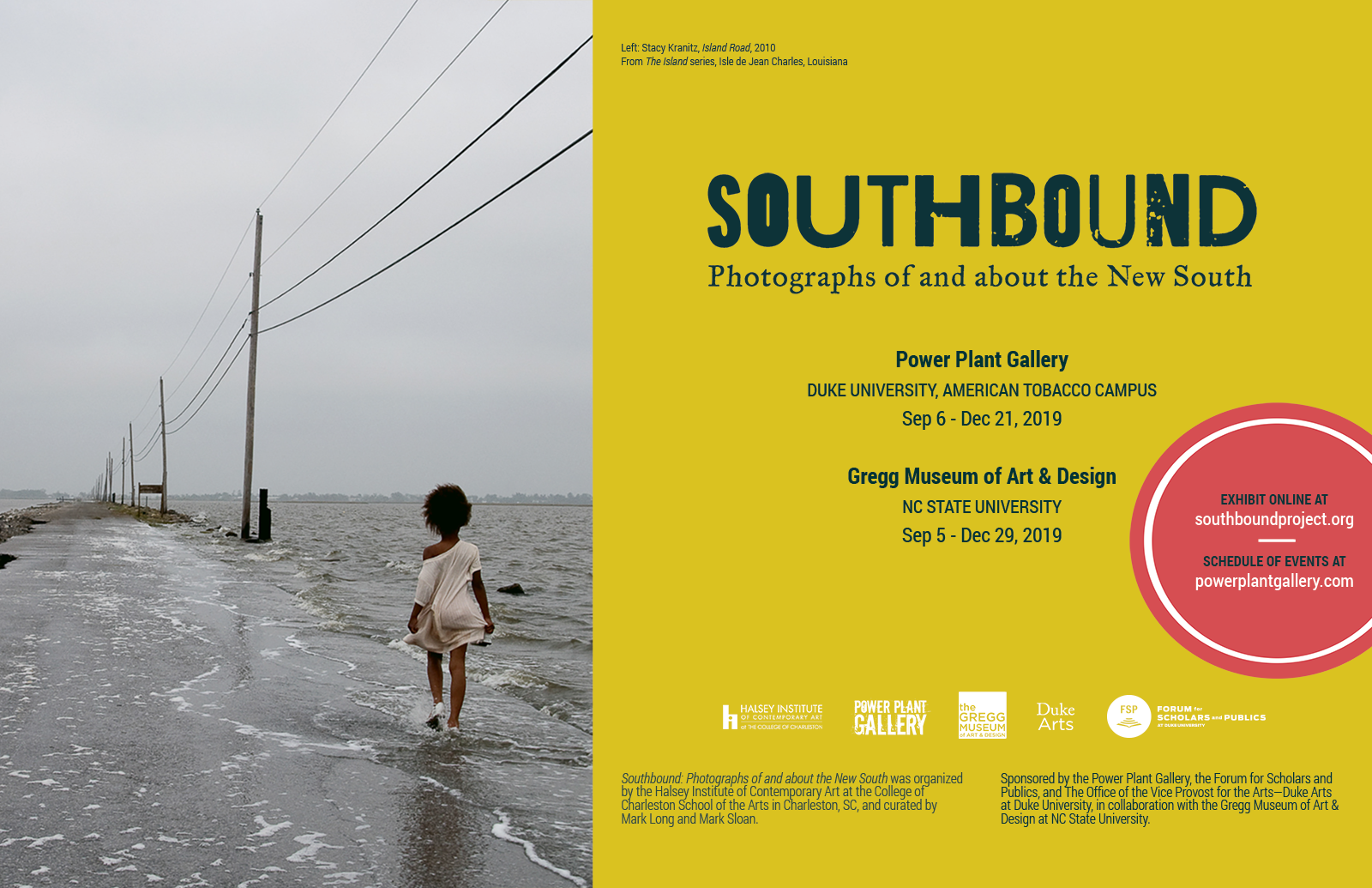
Southbound: Photographs of and about the New South
Duke’s Forum for Scholars and Publics | September 4, 2019
This Fall, the Power Plant Gallery, in collaboration with the Forum for Scholars and Publics and the Gregg Museum of Art & Design at NC State University, present Southbound: Photographs of and about the New South. The exhibition was curated by Mark Sloan and Mark Long of the College of Charleston School of the Arts and debuted in Charleston in the Spring of 2019. In North Carolina, you can catch the exhibit at the Power Plant Gallery from September 6 through December 21 and at the Gregg Museum from December 5 through December 29. Check out the full schedule of events.

Forget nosing around their medicine cabinet. Judge Charlestonians by their coffee table
Post & Courier | September 1, 2019
Nothing quite sums up a person’s guiding ethos like the outsize, artsy book commanding prime real estate on his or her coffee table. Its central spot and considerable outlay convey far more about the owner than those slender volumes quietly lining a bookshelf.
…
Last year, the Halsey Institute of Contemporary Art launched its ultra-ambitious touring exhibition, “Southbound: Photographs of and about the New South,” rounding up 56 photographers’ visions of the South over the first part of the 21st century. A hardcover catalog, which was edited by curators Mark Sloan and Mark Long, documents the show while also conferring a collective new view on South that upends many a preconception of moonlight and magnolias.
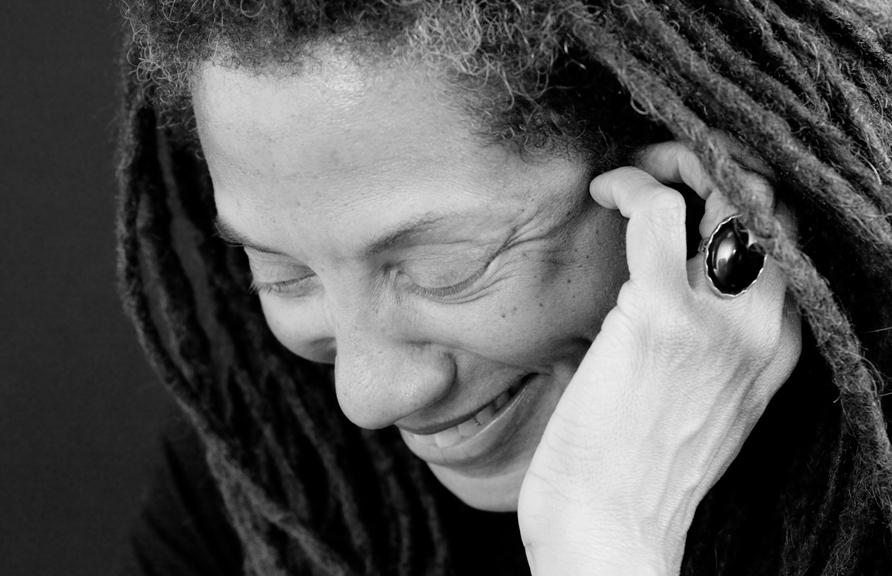
Poet Nikky Finney at Agnes Scott: find a window into the words
Atlanta Journal-Constitution | April 4, 2019
Nikky Finney knew she was going to write about the slaughter in Charleston, and she kept trying to find a way into the horror.
“I had been trying to write about the Emanuel Church murders for two years, but I didn’t want to come in through the front door,” said Finney, 61, speaking from the sunny confines of the Agnes Scott College campus.
A National Book Award-winner, Finney is one of three notables appearing this week at Agnes Scott as part of the school’s Writers’ Festival.
The shootings at the black church had been “talked about and talked about,” she said. “I wanted to come in through a window.”
That opportunity came when she was commissioned by the Southbound Project to respond to some of the project’s photographs of the “new South.”
(The Southbound enterprise, a photography collection and exhibit, is curated by the Halsey Institute of Contemporary Art in Charleston.)
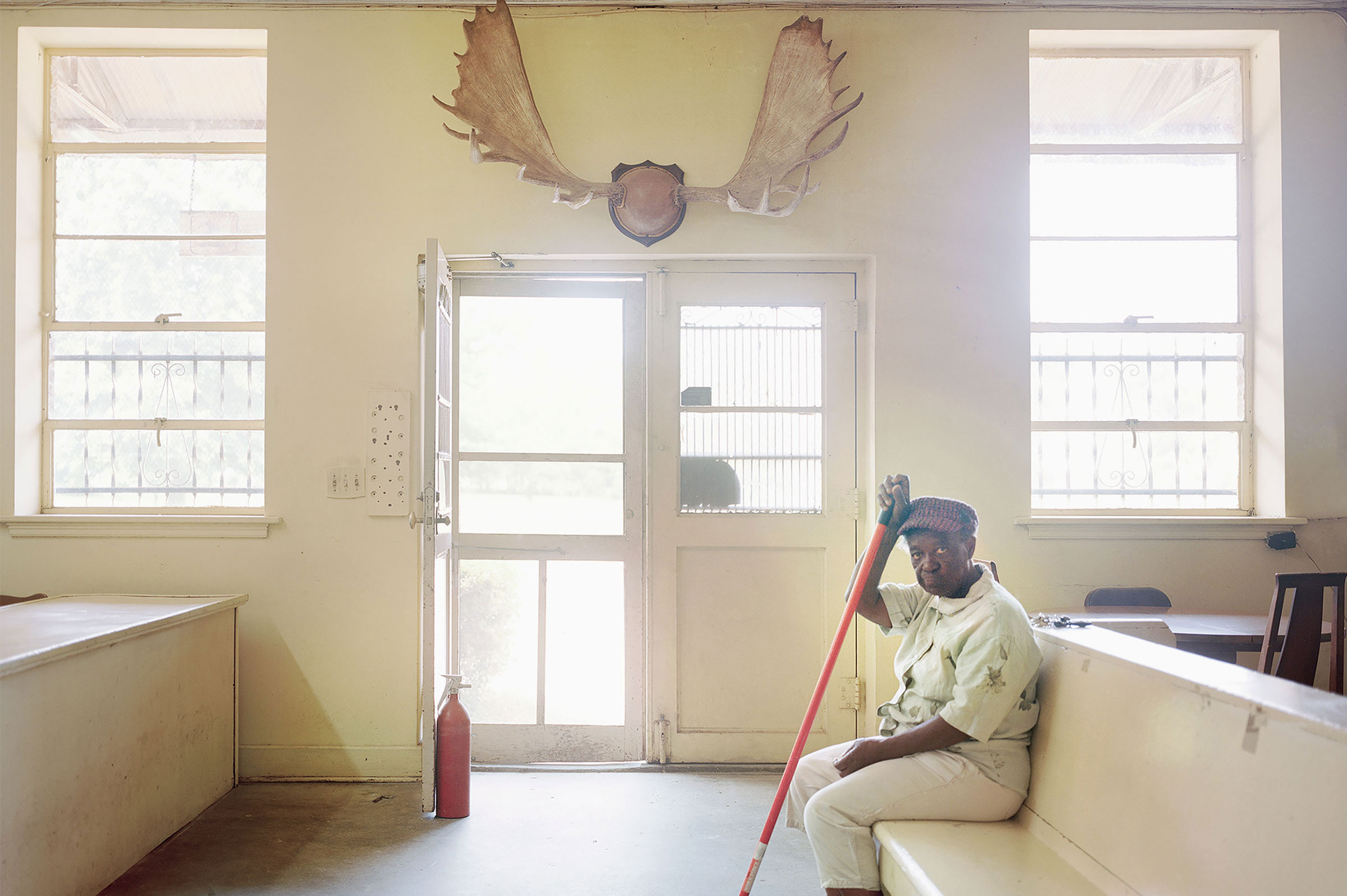
Nikky Finney’s Stunning Poems for SOUTHBOUND: Professor Creates Lyrical Responses to Exhibit Photographs
University of South Carolina | March 26, 2019
Nikky Finney, the John H. Bennett, Jr. Endowed Professor of Creative Writing and Southern Letters, was commissioned to write poems based on photographs in the “SOUTHBOUND” exhibit at the Halsey Institute of Contemporary Art at the College of Charleston. The result is an electrifying dialogue—powerful poetic meditations on southern visual history.
As Professor Finney describes this “once-in-a-lifetime project”:
When the organizers of SOUTHBOUND contacted me about composing one ekphrastic poem for the exhibit, I wasn’t sure I had time to do it. Then they sent me the photographs to peruse…The images hit me like a ton of bricks. The photographs rocked me, hugged me, made me sit up straight, lean forward. The southern landscape being photographed was my land and I had never seen it so naked, so revealed, so revelatory. Art does this to us. The power of revelation and candor was on every page. I ended up submitting 4 poems instead of one and I could have submitted 12.
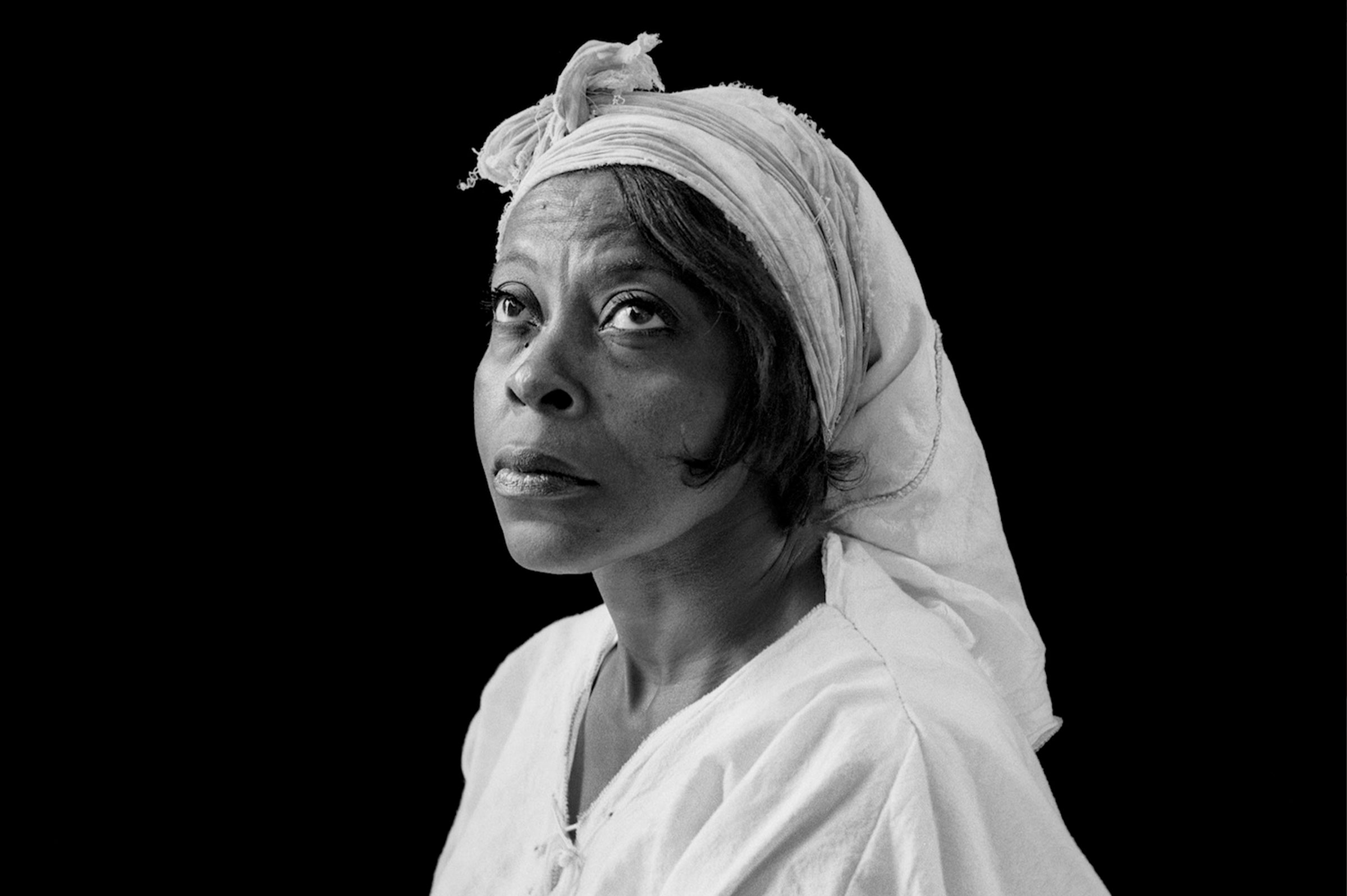
SOUTHBOUND: PHOTOGRAPHS OF AND ABOUT THE NEW SOUTH, DAY 7
LENSCRATCH | March 11, 2019
On our final day of posts for Southbound: Photographs of and about the New South, we feature a selection of the co-curators Mark Sloan and Mark Long’s essay on emplacing the new south. I think that there is no better text to summarize the exploration of Southern identity and culture that we’ve featured throughout the week, so without further adieu…
Emplacing the New South- Mark Sloan and Mark Long
Each component of this project’s title—Southbound: Photographs of and about the New South—lends itself to scrutiny. Southbound refers to the twin ideas of heading south and the lingering effects of charged stereotypes that limit our ability to see the region clearly. Photographs refers to documentary and fine art images but, in this case, does not include constructed or fabricated photographs. New and, particularly, South are perhaps the most slippery elements of the title. South because, like all regions, it is necessarily a function of how we define the parameters—climatological, historical, cultural, and so on. New for the many instances that adjective has qualified developments in the South, often purportedly definitive in terms of change, and always to create distance from lesser and sometimes unsavory moments in the region’s history. Indeed, we considered calling the exhibition New South2, then cubed, and might have settled on New Southn, if it weren’t too cryptic to be clever.
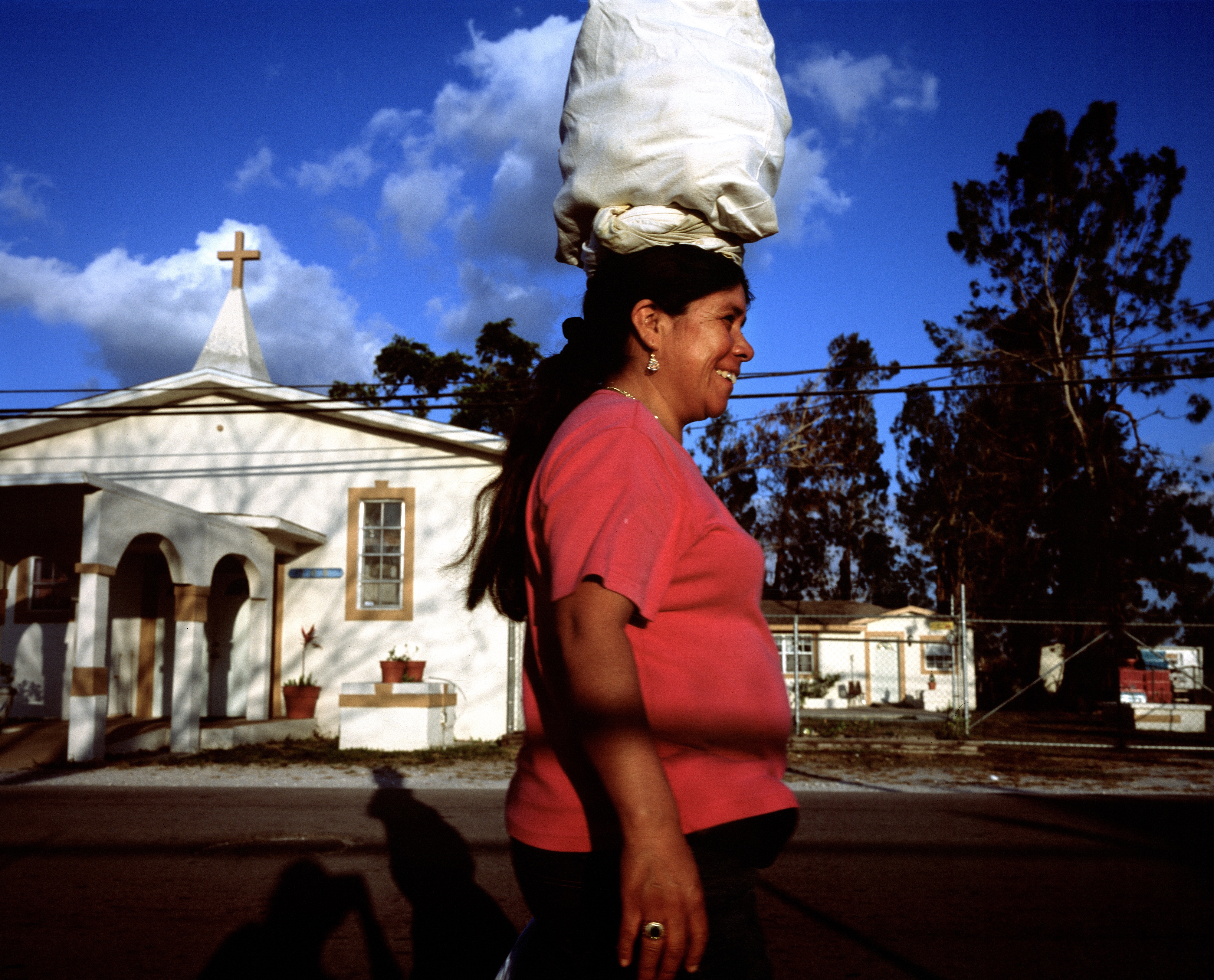
SOUTHBOUND: PHOTOGRAPHS OF AND ABOUT THE NEW SOUTH, DAY 6
LENSCRATCH | March 9, 2019
In addition to an amazing curation of Southern photography and writing, Southbound also features an incredible interactive map depicting concentrations of everything from African Americans to chickens, confederate symbols to field crops, as well as an “Index of Southernness”. This index was created by fusing the other maps presented, showcasing “classic regional geographic patterns of core, domain, and sphere, where places that read as most Southern are readily identifiable.” According to the curators, “In representing places where southerness is most intense, the Index reveals the resilience of the region. By also showing how southerness transitions across space, the map weaves a rich regional tapestry.”
The maps were created by Dr. Rick Bunch at the University of North Carolina Greensboro, using publicly available datasets from the United States Census Bureau, the Southern Poverty Law Center, and the United States Agricultural Census, among other sources.
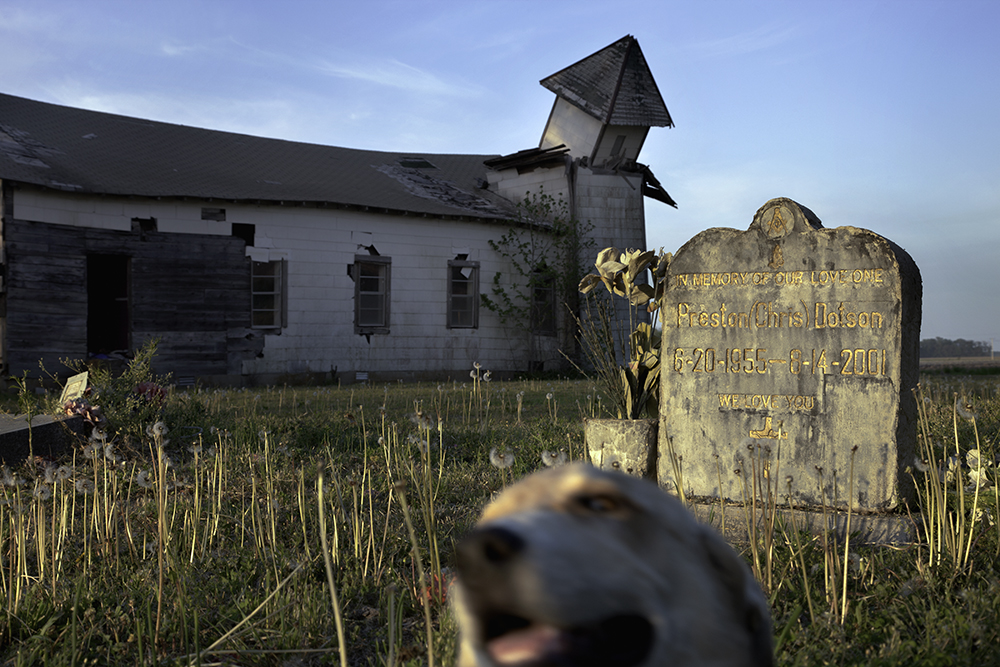
SOUTHBOUND: PHOTOGRAPHS OF AND ABOUT THE NEW SOUTH, DAY 5
LENSCRATCH | March 8, 2019
We are continuing our feature of images and text from Southbound: Photographs of and about the New South today, with an essay by author, editor, and southern food aficionado John T. Edge.
John T. Edge writes about the American South. The Penguin Press published his latest book, The Potlikker Papers: A Food History of the Modern South, named a best book of 2017 by NPR, Publisher‘s Weekly, and a host of others. Now in paperback, Nashville selected the book as a citywide read for 2018. He is also writer and host for the television show TrueSouth, which airs on the SECNetwork.
Edge is a contributing editor at Garden & Gun and a columnist for the Oxford American. For three years he wrote the monthly “United Taste” column for the New York Times. His magazine and newspaper work has been featured in eleven editions of the Best Food Writing compilation. He has won three James Beard Foundation awards. In 2012, he won Beard’s M.F.K. Fisher Distinguished Writing Award.
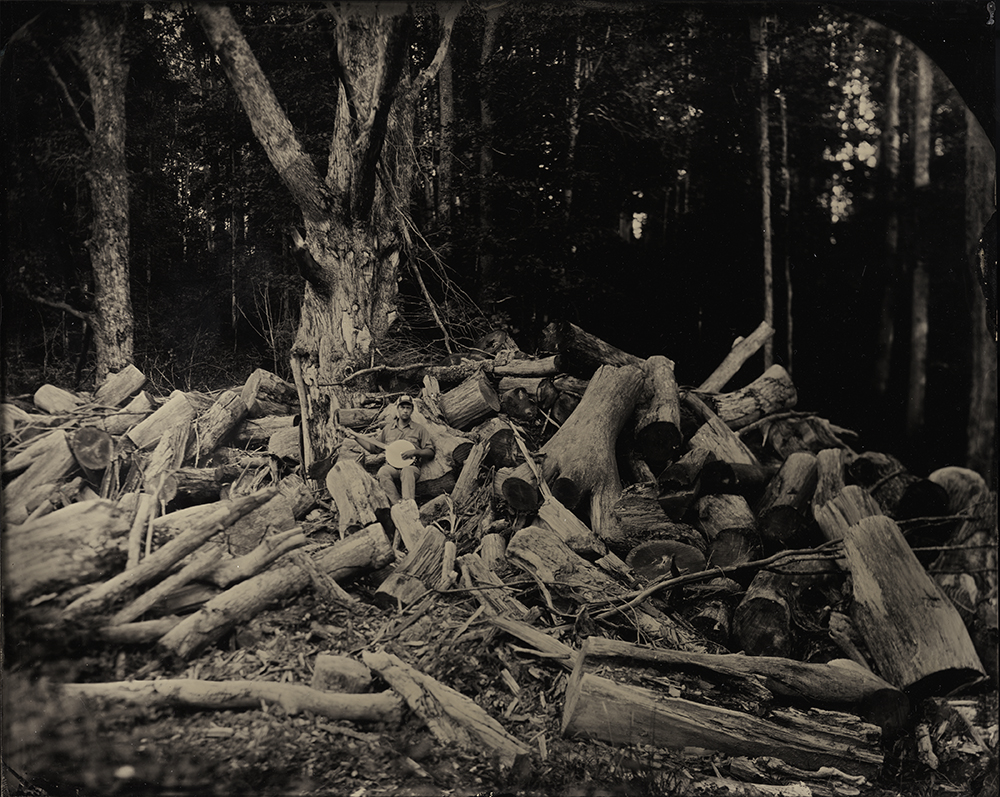
SOUTHBOUND: PHOTOGRAPHS OF AND ABOUT THE NEW SOUTH, DAY 4
LENSCRATCH | March 7, 2019
For the fourth day of our weeklong feature of images and text from Southbound: Photographs of and about the New South, the photographs are accompanied by an essay by historian, author, film-maker, and all around expert on the South, William Ferris.
William R. Ferris is a professor of history at UNC–Chapel Hill and an adjunct professor in the Curriculum in Folklore. He is associate director of the Center for the Study of the American South, and is widely recognized as a leader in Southern studies, African-American music and folklore. He is the former chairman of the National Endowment for the Humanities. Prior to his role at NEH, Ferris served as the founding director of the Center for the Study of Southern Culture at the University of Mississippi, where he was a faculty member for 18 years.
Ferris has written and edited 10 books and created 15 documentary films, most of which deal with African-American music and other folklore representing the Mississippi Delta. He co-edited the Pulitzer Prize nominee Encyclopedia of Southern Culture (UNC Press, 1989), which contains entries on every aspect of Southern culture and is widely recognized as a major reference work linking popular, folk, and academic cultures.
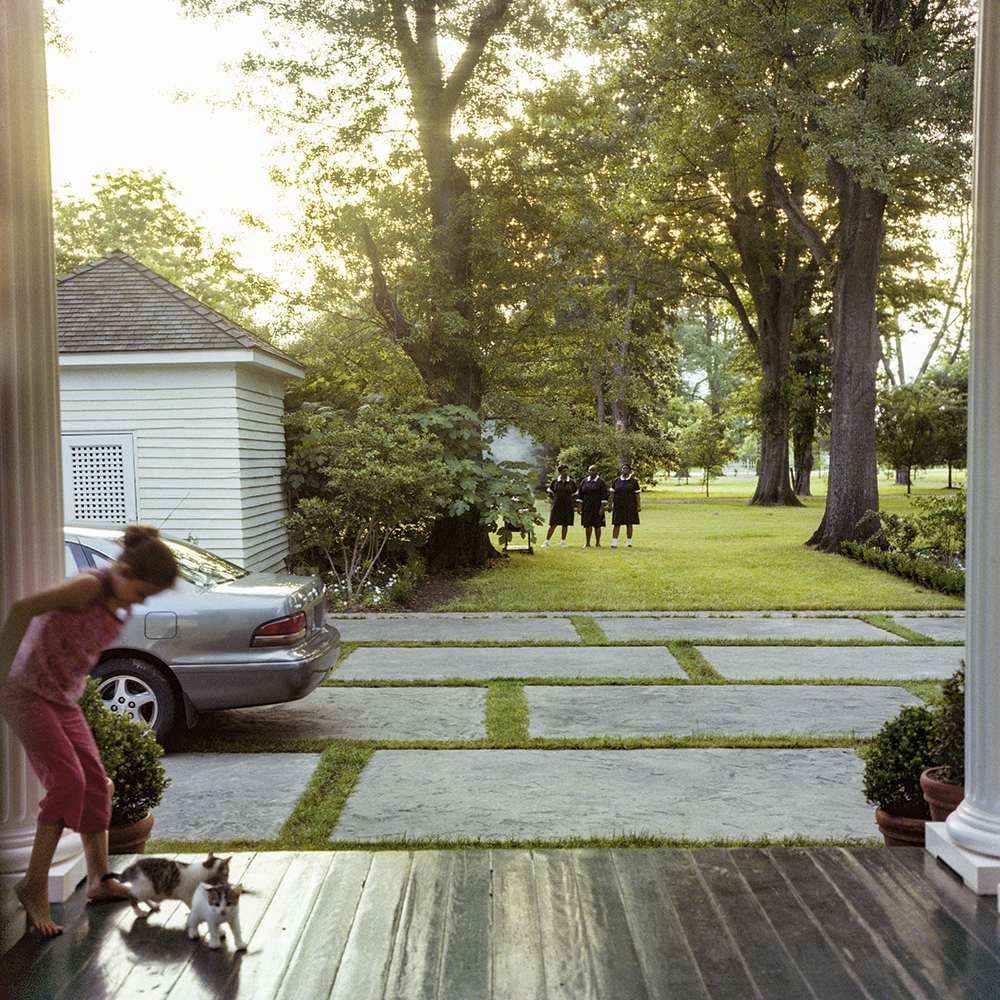
SOUTHBOUND: PHOTOGRAPHS OF AND ABOUT THE NEW SOUTH, DAY 3
LENSCRATCH | March 6, 2019
On the third day of our weeklong feature of Southbound: Photographs of and about the New South, the images are accompanied by an essay authored by Eleanor Heartney. Eleanor is a contributing Editor to Art in America and Artpress and has written extensively on contemporary art issues for such other publications as Artnews, Art and Auction, The New Art Examiner, the Washington Post and The New York Times. She received the College Art Association’s Frank Jewett Mather Award for distinction in art criticism in 1992. Her books include: Critical Condition: American Culture at the Crossroads (Cambridge University Press, 1997); Postmodernism (Cambridge University Press, 2001); Postmodern Heretics: The Catholic Imagination in Contemporary Art (Midmarch Arts Press, 2004); Defending Complexity: Art, Politics and the New World Order (Hard Press Editions, 2006) and Art and Today (Phaidon Press Inc., 2008), a survey of contemporary art of the last 25 years from Phaidon. She is a co-author of After the Revolution: Women who Transformed Contemporary Art(Prestel Publishing, 2007), which won the Susan Koppelman Award. Heartney is a past President of AICA-USA, the American section of the International Art Critics Association. In 2008 she was honored by the French government as a Chevalier dans l’Ordre des Arts et des Lettres.
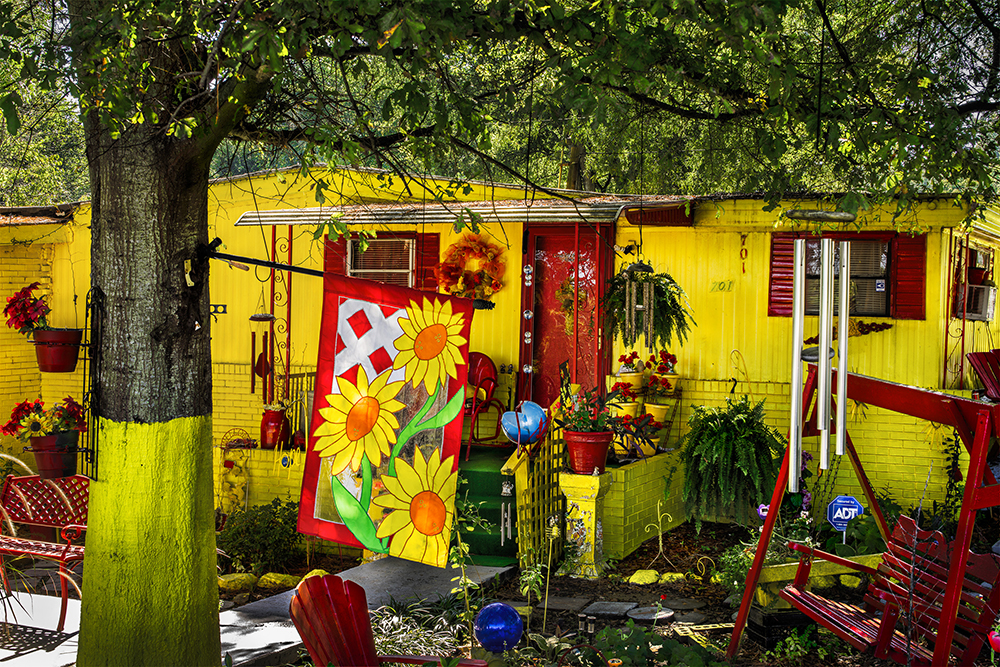
SOUTHBOUND: PHOTOGRAPHS OF AND ABOUT THE NEW SOUTH, DAY 2
LENSCRATCH | March 5, 2019
Nikky Finney is a renowned poet and educator originally from South Carolina who “involves herself in the day-to-day battles for truth and justice” while also guiding MFA students in her capacity as Chair in Creative Writing and Southern Letters at the University of South Carolina, among other appointments at the university.
She was commissioned to respond to the images from the Southbound project with poetry, and was allowed to view each image in the collection without any names, titles, or other identifying information. The curators “felt there was value in allowing the poet to view the narrative potential contained within each image as an image, even if slippage between Finney’s poetic musings and the actual facts of a photographs making might result.”
In the end, she selected four, but as stated to the curators, she could have written a story about every one of these photographs had she had the time, and was, in her words, struck like lightning by most every frame.
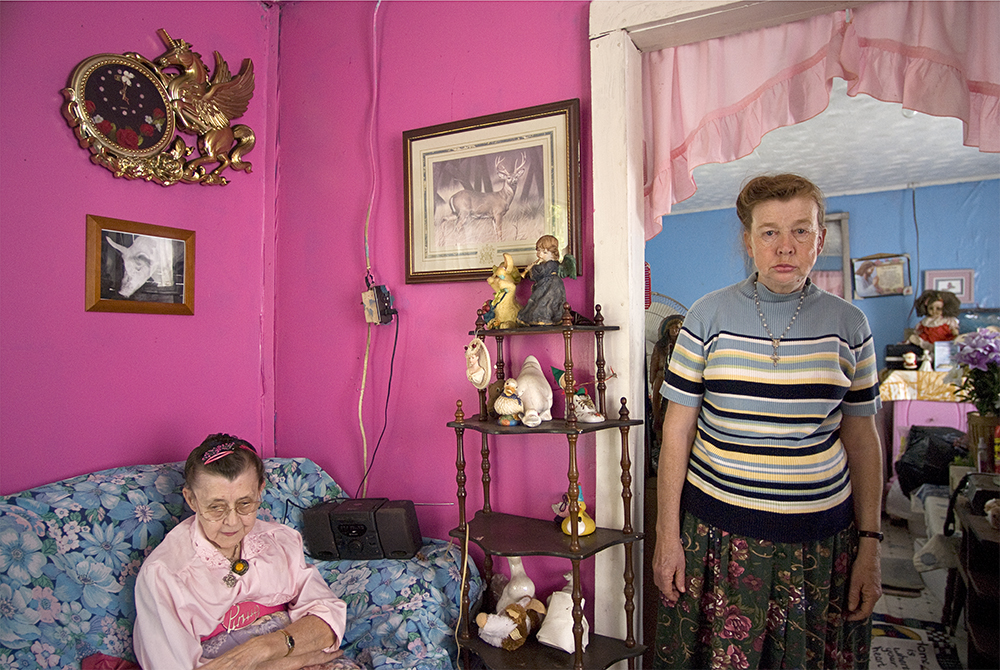
SOUTHBOUND: PHOTOGRAPHS OF AND ABOUT THE NEW SOUTH
LENSCRATCH | March 4, 2019
It is such a pleasure to introduce Southbound: Photographs of and about the New South. Over the next week, we will feature selections of images from each of the 56 artists included in the project, as well as accompanying essays, maps, and videos. This expansive, comprehensive, multimedia investigation into what it means to be of, from, by the American South in the first decades of the twenty-first century was co-curated by Mark Sloan director and chief curator of the Halsey Institute of Contemporary Art, and Mark Long, professor of political science, both of whom are on the faculty of the College of Charleston, in South Carolina.
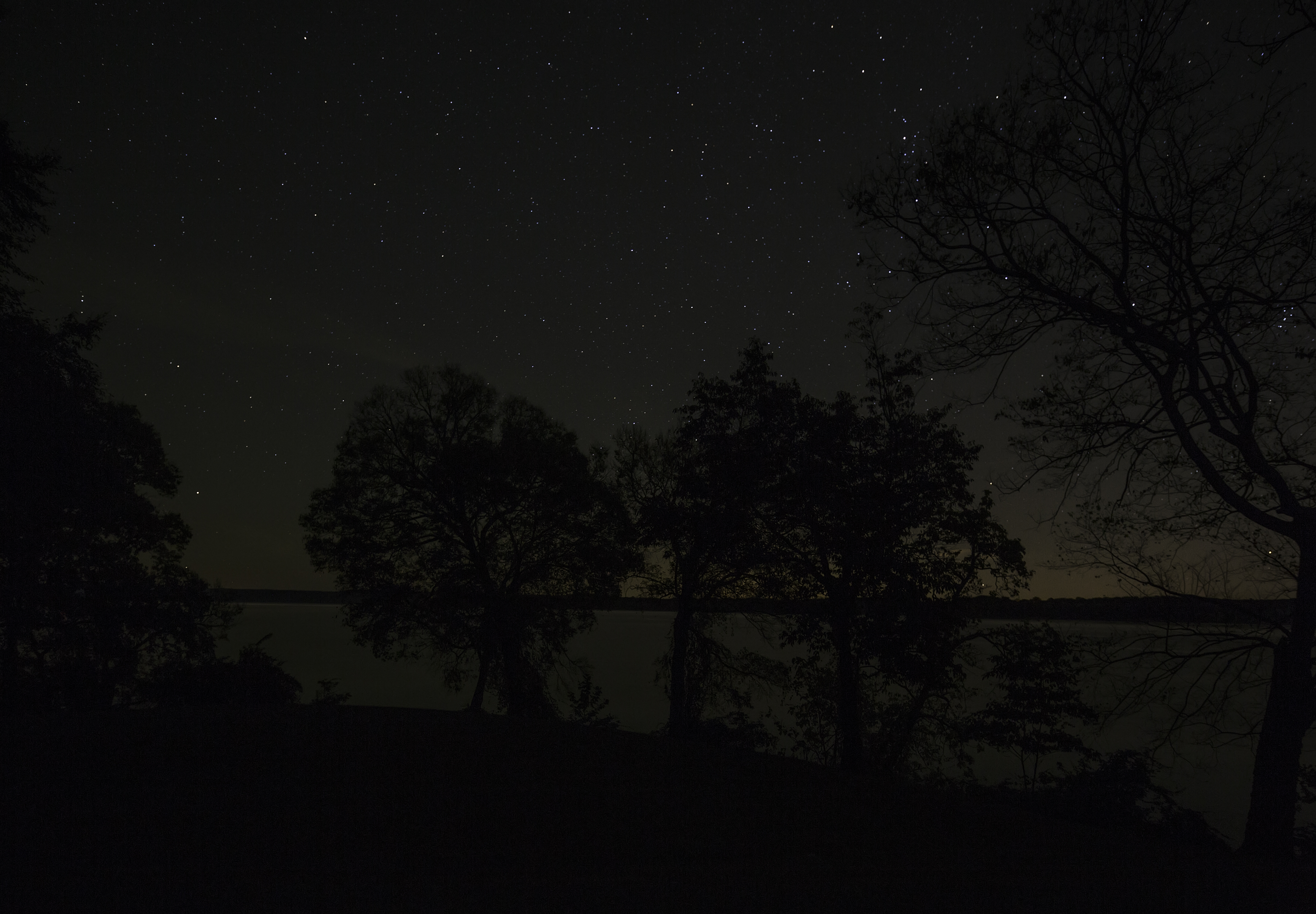
Former Midlander brings history to life in photos
Midland Daily News | March 2, 2019
Native Midlander Jeanine Michna-Bales is giving people a new look at American history. A selection from her “Through Darkness to Light: Photographs Along the Underground Railroad” is featured in a national touring exhibit, “Southbound: Photographs of and about the new South.”
Michna-Bales was born in Midland, but was raised in the Midwest, spending time between Indiana and Florida with her parents. When she was working at an ad agency in San Francisco in 2002, she started conducting research on the Underground Railroad. Michna-Bales found herself writing three to four pages of notes every day.
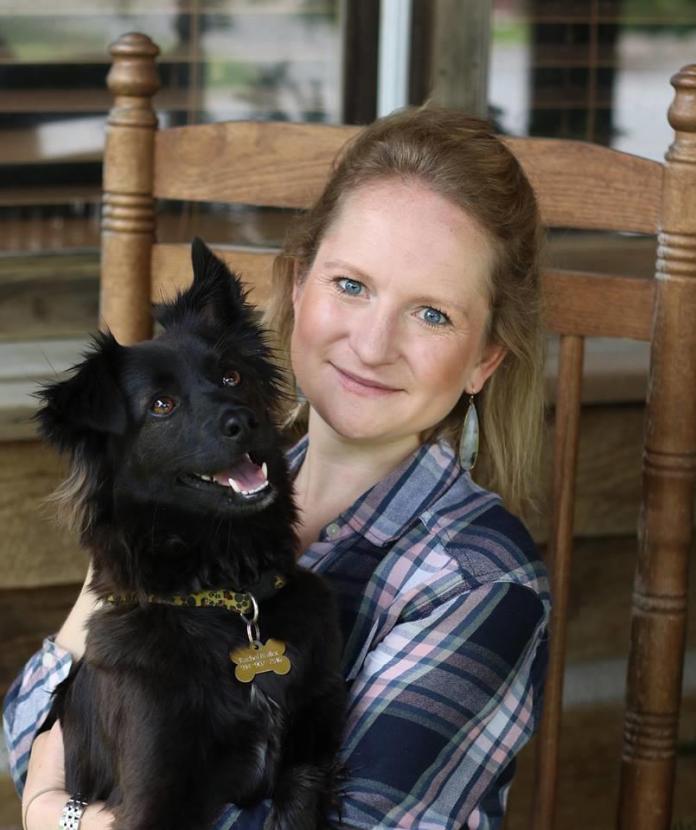
Art Instructor Showcased at Halsey Institute of Contemporary Art
Belmont University | February 15, 2019
Adjunct art instructor Rachel Boillot was recently chosen as one of the 56 artists included in The Halsey Institute of Contemporary Art at the College of Charleston’s project “Southbound: Photographs of and about the New South.”
Southbound is the largest exhibition ever produced of photographers capturing the American South in the twenty-first century. The exhibition presents multiple ways of visualizing the region.
After its debut in Charleston, “Southbound” will travel nationally, including stops in Raleigh and Durham, North Carolina; Chattanooga, Tennessee; Meridian, Mississippi; and Baton Rouge, Louisiana.
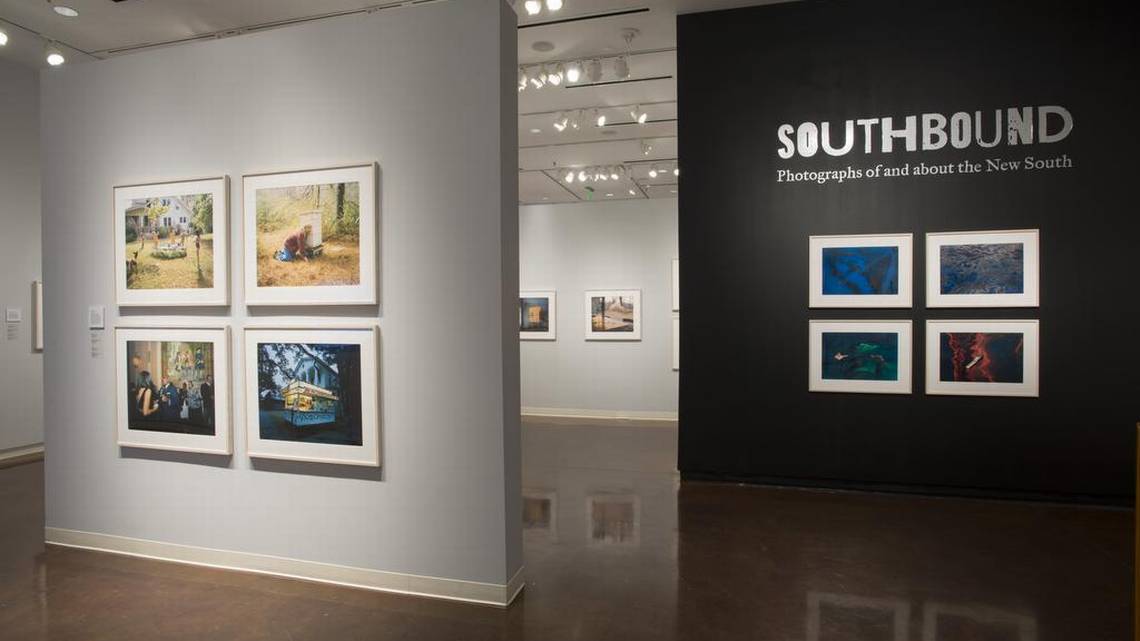
Columbia photographer exhibiting in ‘Southbound’ showcase. Here’s why it’s worth the trip to Charleston
Go Columbia, The State | February 14, 2019
Kathleen Robbins isn’t exactly sure what “the new South” is, but as one of 56 photographers displaying work in the “Southbound: Photographs of and about the New South” exhibit at the College of Charleston, she’s helping to try to define it.
“Southbound” is the largest exhibition ever produced of photographs of and about the American South in the 21st century, and strives to present multiple ways of visualizing the region.
The project’s purpose is to investigate the senses of place in the South that congeal, however fleetingly, in the spaces between the photographers’ looking, their images, and preexisting ideas about the region.
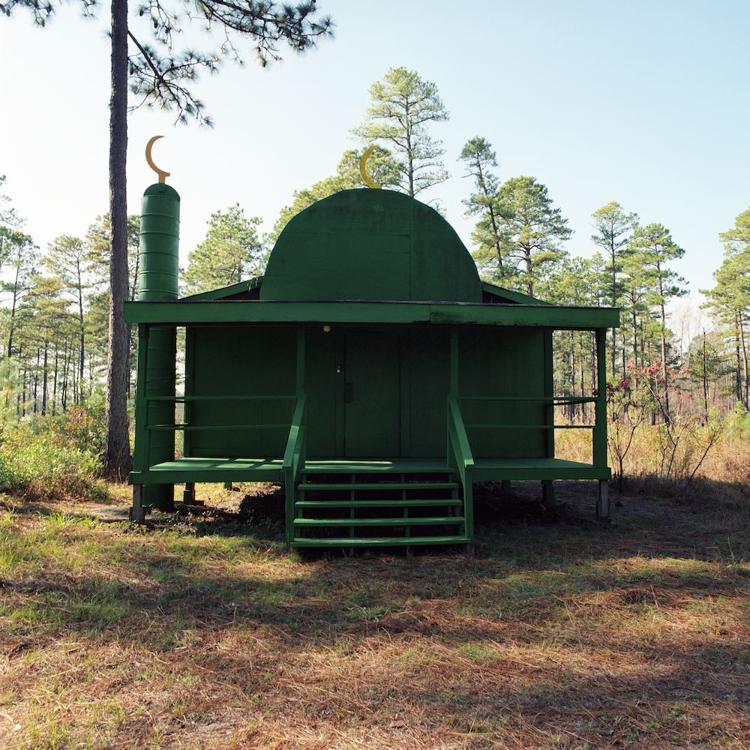
Local photographer participates in regional project
Mebane Enterprise | February 6, 2019
A local photographer living in Mebane, Chris Sims, recently participated in a unique collection of photographs titled Southbound: Photographs of and About the New South.
The photography has been on display at the Halsey Institute in Charleston, South Carolina since October, and will continue to be on display until early March. The display will come to N.C. State and Duke Universities next year.
Sims was born in Michigan and raised in Atlanta, Georgia. He has an undergraduate degree in history from Duke University, a master’s degree in visual communication from the University of North Carolina at Chapel Hill, and a M.F.A. in studio art from the Maryland Institute College of Art. He worked as a photo archivist at the U.S. Holocaust Memorial Museum in Washington, D.C. and currently is the Undergraduate Education Director at the Center for Documentary Studies at Duke University. At Duke he also teaches in the Duke-in-Berlin summer program and in the MFA in Experimental and Documentary Arts graduate program.
Sims made his way to Mebane approximately twenty years ago for a meeting with another photographer, and fell in love with the charm of this small community. He is honored to be a part of this special photography project.
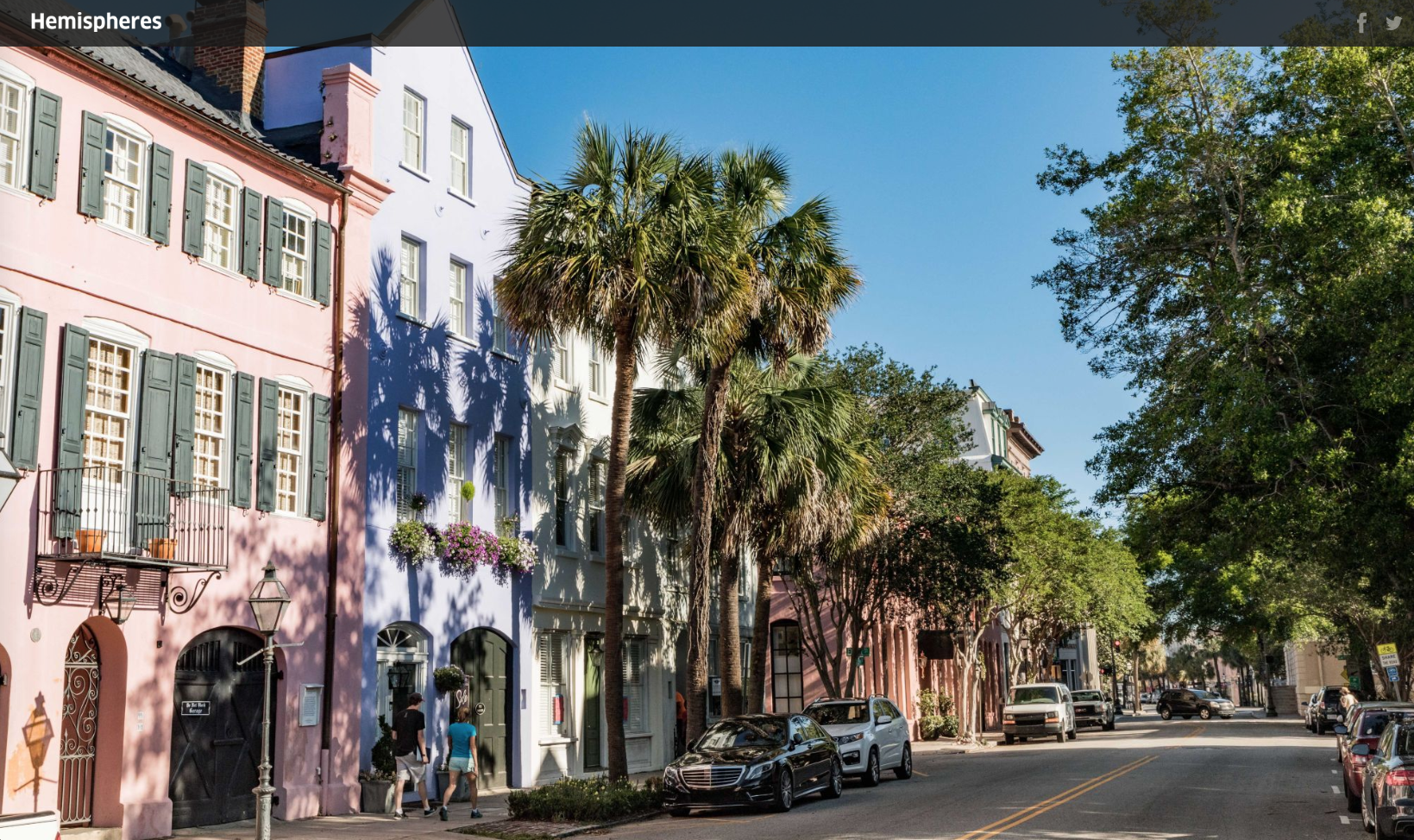
Three Perfect Days: Charleston
Hemispheres | February 1, 2019
Back in 1874, The Atlanta Daily Herald’s Henry W. Grady coined the term “the New South” to encourage people to move beyond the fraught antebellum period and see the region in a fresh light, “thrilling with the consciousness of growing power and prosperity.”
…
We check into our new digs, The Dewberry, a hip Mid-Century Modern–style hotel that opened in 2016 in a former 1960s federal building, and while all we want to do is take a nap, we rally and cross Marion Square to The Halsey Institute of Contemporary Art at the College of Charleston. I’m eager to see the current exhibit, Southbound: Photographs of and About the New South, which runs through March and features images taken by 56 21st-century artists exploring their perceptions of the American South. The variety is astounding. There are shots of Civil War reenactors, Black Lives Matter marches, empty storefronts, migrant workers, and high school homecoming queens. Seeing all these snippets of life makes me think that there’s not just one South—it’s impossible to generalize about or judge such a wide swath of our country.
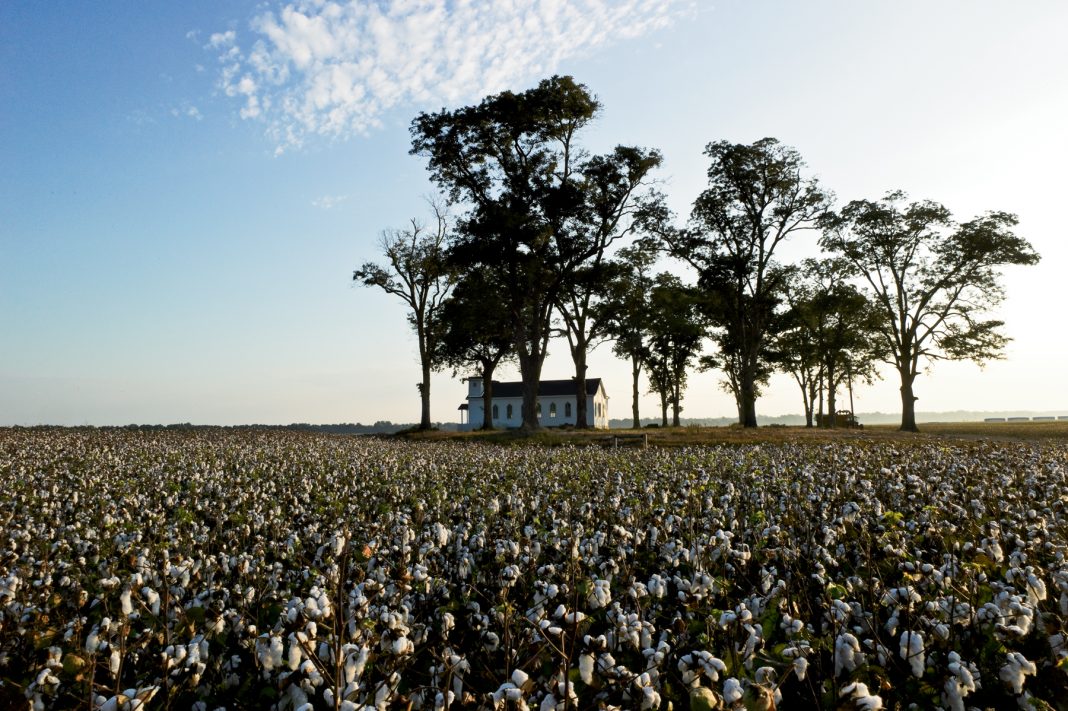
Southern Testaments
TOWN Magazine | February 1, 2019
For more than a century, photographers have documented the American South in its pleasantries, unrest, and eccentricities, many times with a focus on the people of a region where romantic traditions prevail. The Halsey Institute of Contemporary Art opens a new window on the South with a collection that merges this past with present in the exhibition Southbound: Photographs of and about the New South, which is also showing at the City Gallery at Waterfront Park in Charleston.

Madison County photographer featured in traveling exhibit profiling the American South
Asheville Citizen Times | January 28, 2019
After first setting foot in Madison County in the early 1970s, documentary photographer Rob Amberg became so immersed in the Appalachian culture of the rural Western North Carolina community that he missed out on much of the music that shaped wider popular culture of the time.
“The last two months, I’ve been listening nonstop to Queen and Freddie Mercury,” Amberg said during an interview on land in Madison’s PawPaw community, where he’s lived with his wife Leslie for the past 30 years.
“I’ve been telling my friends that I’m listening to him and they kind of say, ‘What?!’ And, well, think about it, when he was at his height, I’m here listening to (Madison County native and old time music legend) Dellie Norton and ballads and missing Led Zeppelin and all these things that were out there.”
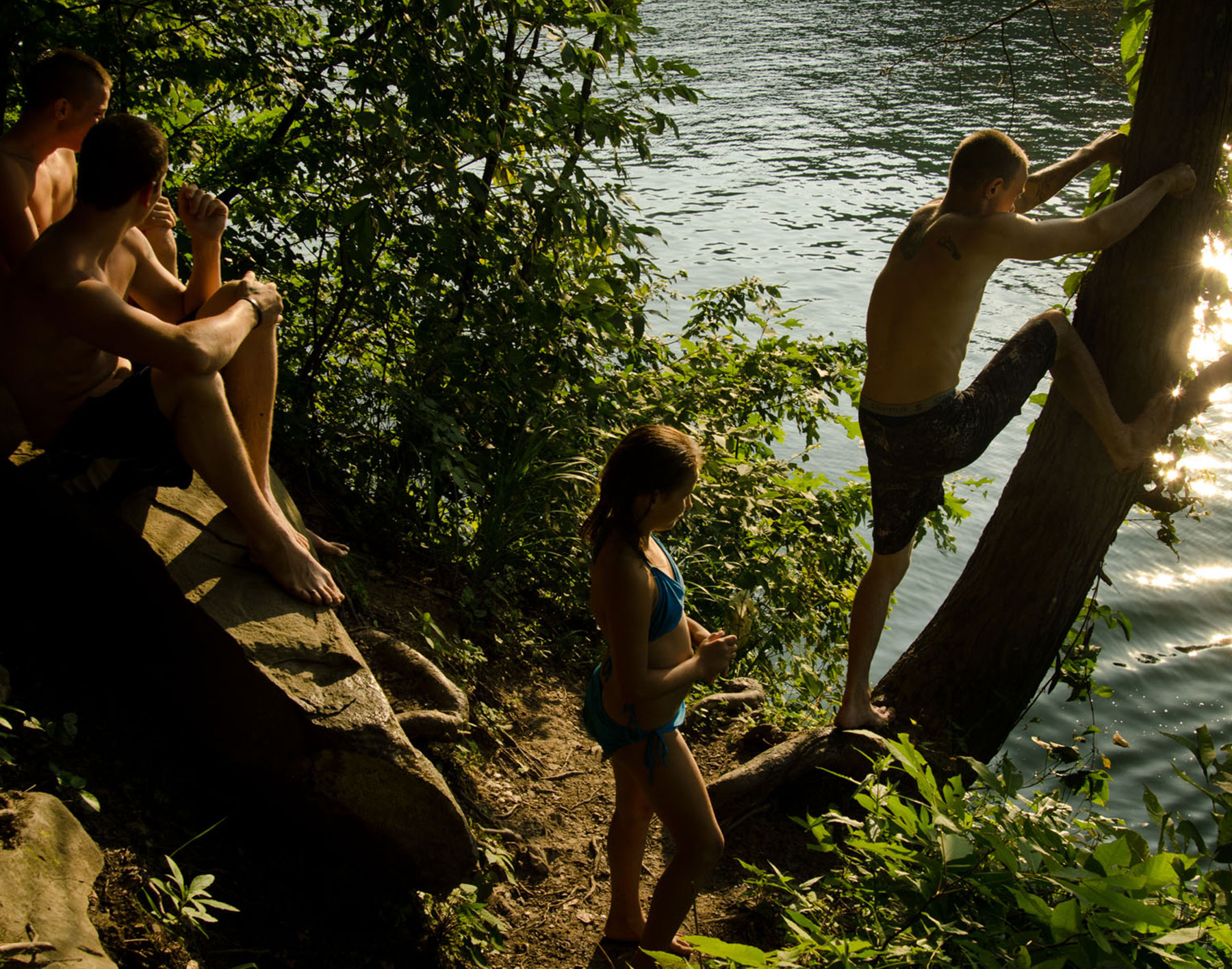
Understanding culture through the lens: Kranitz’ exhibit ‘Southbound: Photographs of and about the New South’ showing at Halsey Institute of Contemporary Art
The State-Journal | January 25, 2019
In 2015, Stacy Kranitz was named Instagram photographer of the year by Time magazine. She’s in high demand at domestic and international publications, from New York Times Magazine to Adbusters, Mother Jones, Intercept, Stern, Vice, Oxford American and others.
She earned a bachelor’s in photography and lm from New York University and a master’s in photography from University of California, Irvine.
Kranitz, 42, was born in Frankfort but was only here about nine months. Her father, Jerry Kranitz, managed a Big K store. The family owned a chain of stores sometimes referred to as Kuhn’s Variety Store. Her mother, Barbra Kranitz, was a preschool teacher.
She says her parents lived in Frankfort about a year and a half and they’re now retired, living in Delray Beach, Florida.
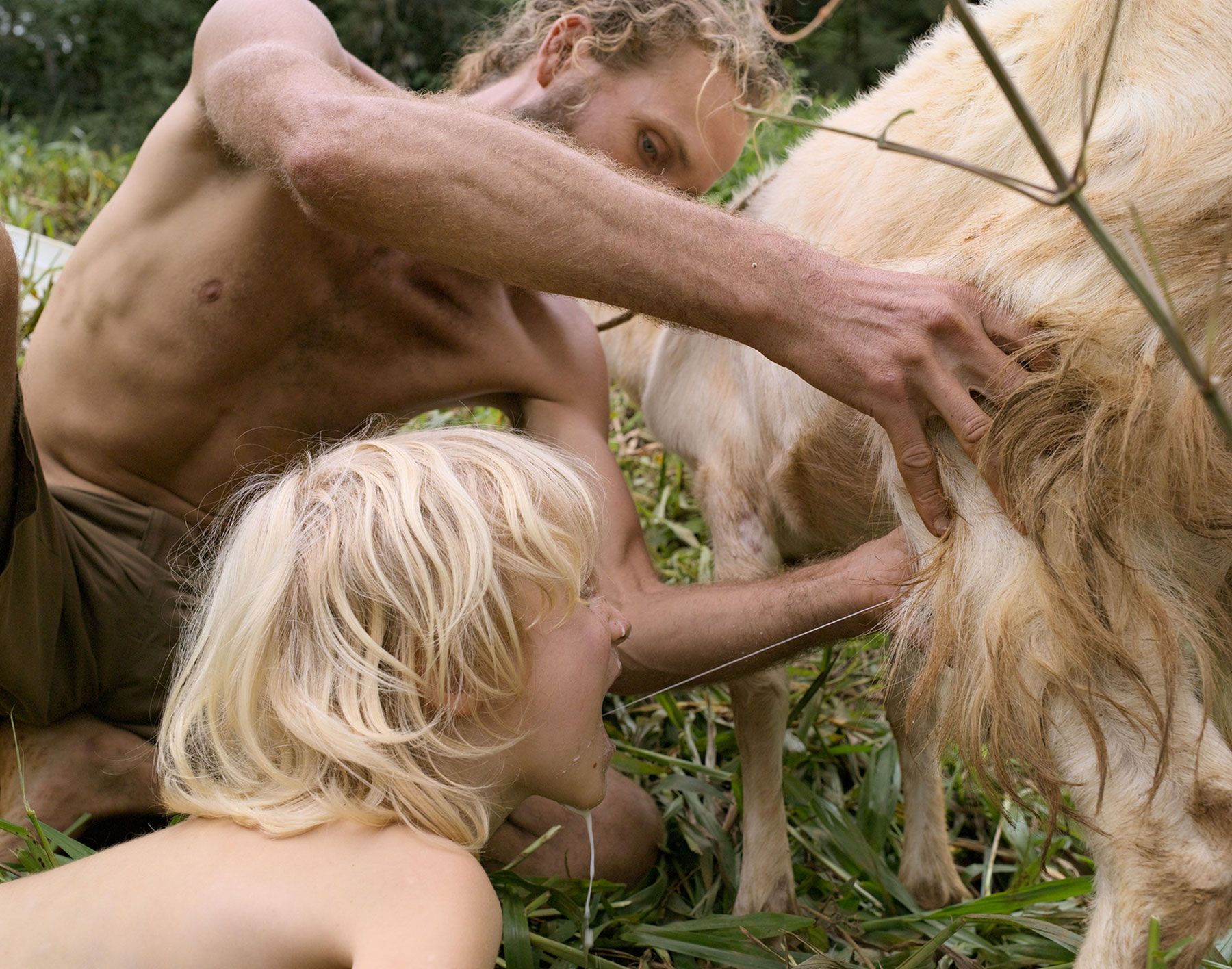
Huntington Photographer Turns Lens On ‘Alternative’ South
Long-Islander News | January 21, 2019
Huntington Station native Lucas Foglia is documenting an evolving vision of the South with his photographs that depict a modern counterculture movement.
Having grown up on his family’s Fox Hollow Farms, Foglia has been drawn to nature and sustainability from a young age. After receiving a degree in art from Brown University and MFA in photography from Yale University, Foglia hit the road in the South finding families who live self-sufficiently. Like Foglia’s family, who grew a major portion of their food and bartered their goods with others in exchange for local products and service, these families rely on themselves for their own sustenance.
“The lifestyle we had was a mixture of agriculture and suburbia,” Foglia said. “When I went to photograph in the South East, the people I met were living with the same value system that I grew up with, but to more of an absolute.”

Mining memory, defining place: ‘Southbound’ artists work with Charleston area students
Post & Courier | January 19, 2019
Cinelle Barnes draws the layout of her childhood home on the board, adding in a few details, explaining that the exercise permits one to revisit formative moments and recall early emotions.
“Can you guess what this is?” she asks.
“A chandelier?” one of the students ventures.
Another room is drawn.
“Can you guess what this is?”
“A disco ball!” comes the reply.
“And this?”
“Is it a bar?”
Now the students are curious about this house in the Philippines that contains such things. Barnes continues, drawing a fancy chair at the head of a large table otherwise surrounded by stools. It’s the chair her mother sat in, she explains.
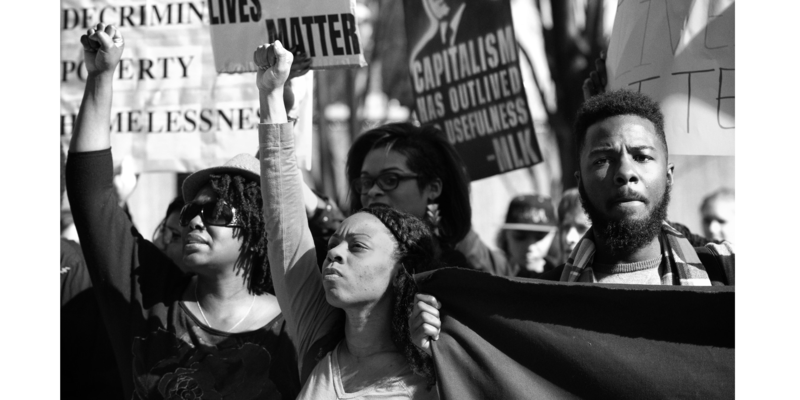
What South will America remember? Southbound participants discuss “public memory” in Charleston
Charleston City Paper | January 16, 2019
With 30 percent of Americans still denying global warming exists, and at least some still denying Barack Obama is an American citizen, it is striking that basic facts can become so contested. David Roberts, for Vox, says America is in the midst of an epistemic crisis. One advanced, he argues, by Trumpism’s rejection of mainstream institutions devoted to gathering and disseminating knowledge.
In such an atmosphere, one wonders, even if Trump is found to be guilty of collusion with Russia whether, ultimately, those facts will matter. But this isn’t a new phenomenon. Americans have been engaged in dubious interpretation and disregard of facts for as long as schools have been teaching children that the pilgrims and the Indians were friendly co-collaborators and glossed over the raw horrors of the slave trade.
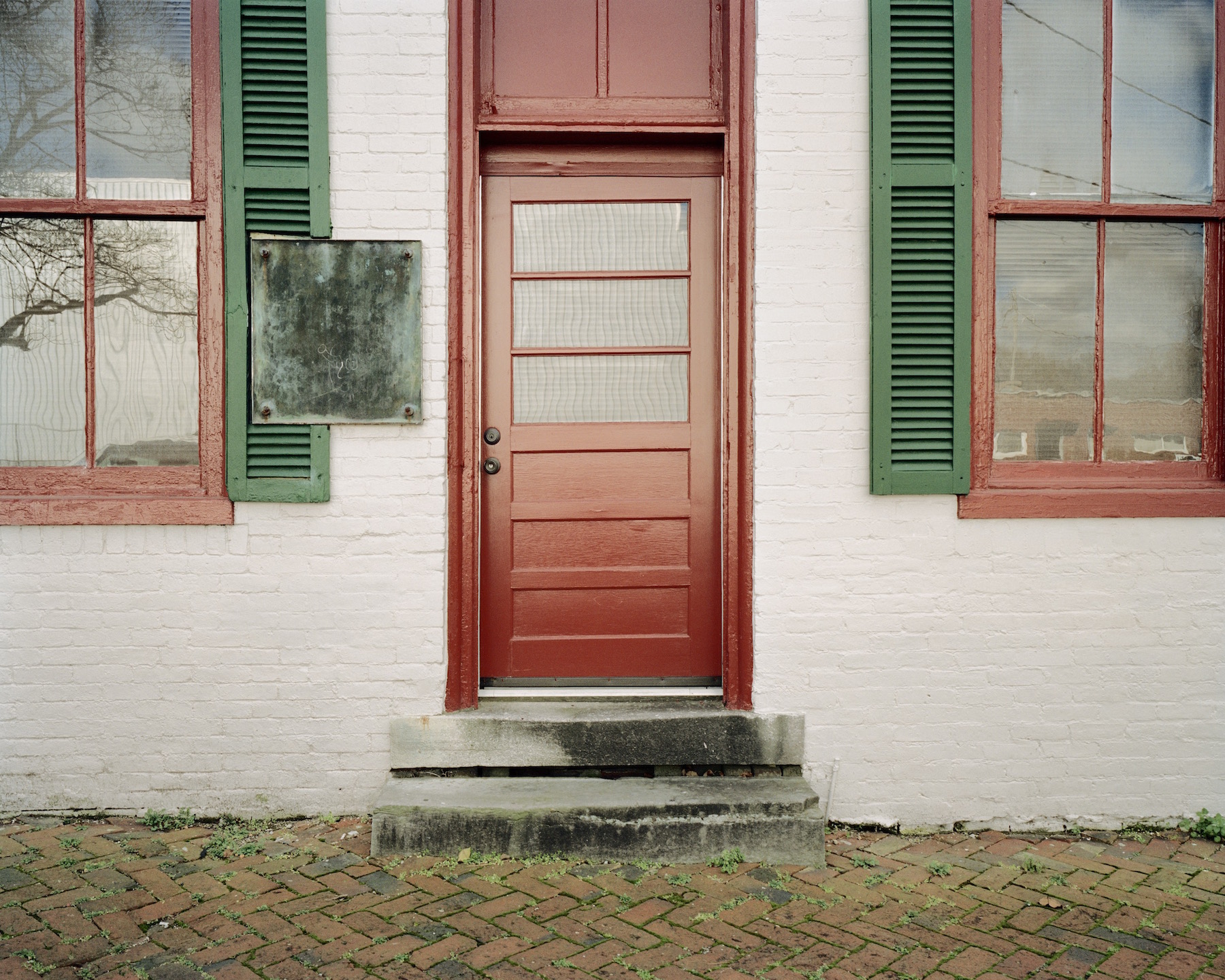
Department of Art’s Associate Professor, Jessica Ingram, Exhibits at Halsey Institute
Florida State University, College News | January 8, 2019
The Department of Art is proud to recognize Associate Professor, Jessica Ingram, in the Halsey Institute of Contemporary Art’s latest exhibition, Southbound: Photographs of and about the New South. This exhibition attempts to convey the South within the 21st century and is built with the visions of over sixty artists.
Offering a fresh perspective on a land founded upon tradition but ruled by change, the photographs echo stories of southern tradition transitioning in a new wave of Americanization and Globalization. The project’s purpose is to investigate the senses of place in the South that congeal, however fleetingly, in the spaces between the photographers’ looking, their images, and our own preexisting ideas about the region.
Born in Nashville, Tennessee and passionate about her exploration to understand communities, progress, and resistance in American culture, Ingram distinguished herself as a student, a contemporary artist, and ultimately an educator.

Halsey Symposium Examines the ‘New South’
The College Today | January 8, 2019
Say this phrase out loud: “The new south.” Now ponder what it means to you. It’s likely that your interpretation of those words differs from that of your co-workers, peers or relatives. That’s because the phrase has become nearly ubiquitous with meanings that shift to suit the perspective of whoever utters it.
This month, and until March 2, 2019, you’ll find photographic interpretations of the “New South” on display at the College’s Halsey Institute of Contemporary Art and Charleston’s City Gallery at Waterfront Park in the Halsey’s exhibit, “Southbound: Photographs of and About the New South.” And that phrase will come into sharp focus on Friday and Saturday, Jan. 11-12, 2019, when the Halsey co-hosts “Public Memory in the New South” – a symposium designed to examine what we remember and forget in this region and how we choose to frame those recollections in order to arrive at a collective sense of identity in today’s South.
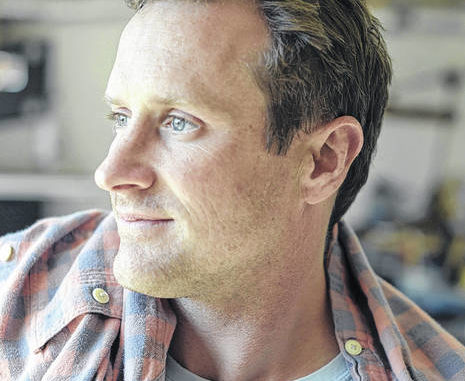
Laurinburg native’s work to be shown in national exhibit
The Laurinburg Exchange | January 7, 2019
A Laurinburg, N.C., native’s work will be a part of the largest exhibition ever produced for photographs of and about the American South in the 21st century.
McNair Evans grew up in Laurinburg and his work is being featured in “Southbound: Photographs of and about the New South” by the Halsey Institute of Contemporary Art in Charleston, South Carolina. Southbound will feature the work of 56 artists.
The exhibition features artwork that shows the region through different lenses that may bring into focus the New South and it’s representations of the world around it. The curators contacted artists who had taken photos in the south since 2000 to use their work in the project. The pieces selected from Evans are part of a series he did in 2009-10.
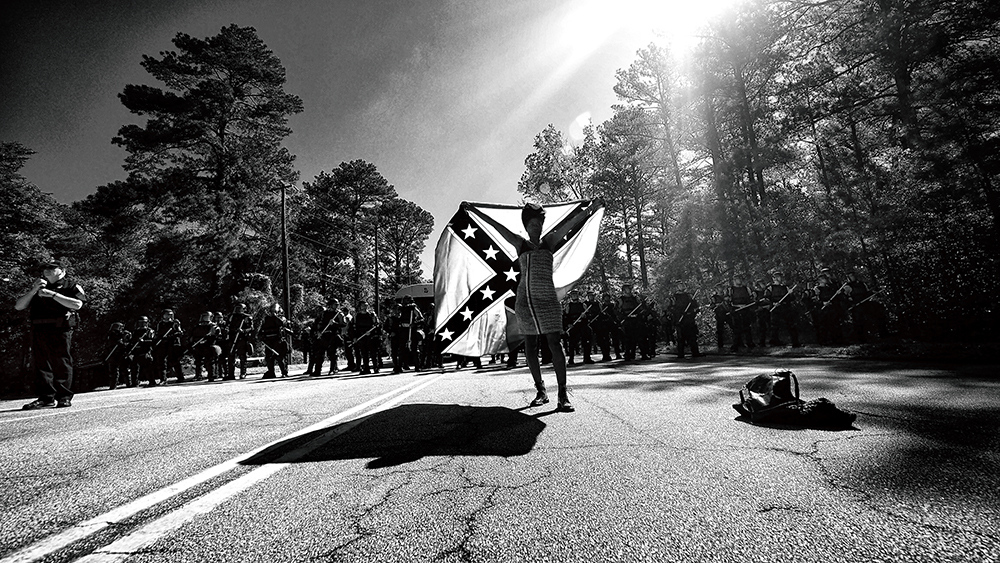
Southbound: capturing the complexities of the US southern states – in pictures
The Guardian | January 3, 2019
Life in the US south is the focus of a major exhibition at the Halsey Institute of Contemporary Art in Charleston. Featuring works by 56 photographers it challenges perceptions of the southern states at a time of change. Southbound runs until 2 March

The Halsey presents symposium in conjunction with Southbound exhibition, Jan. 11-12
Charleston City Paper | January 2, 2019
Last year the Halsey Institute of Contemporary Art, in conjunction with the City Gallery, presented a far-reaching exhibition, Southbound, that called into question the term ‘New South’ through the work of over 50 photographers.
In his cover story on the exhibit, which opened in October and will be on display through this March, writer Chase Quinn asked, “What are we actually talking about when we talk about the New South, a term bandied about with the same frequency (and often the same conceit) with which people label Charleston ‘quietly progressive’?”
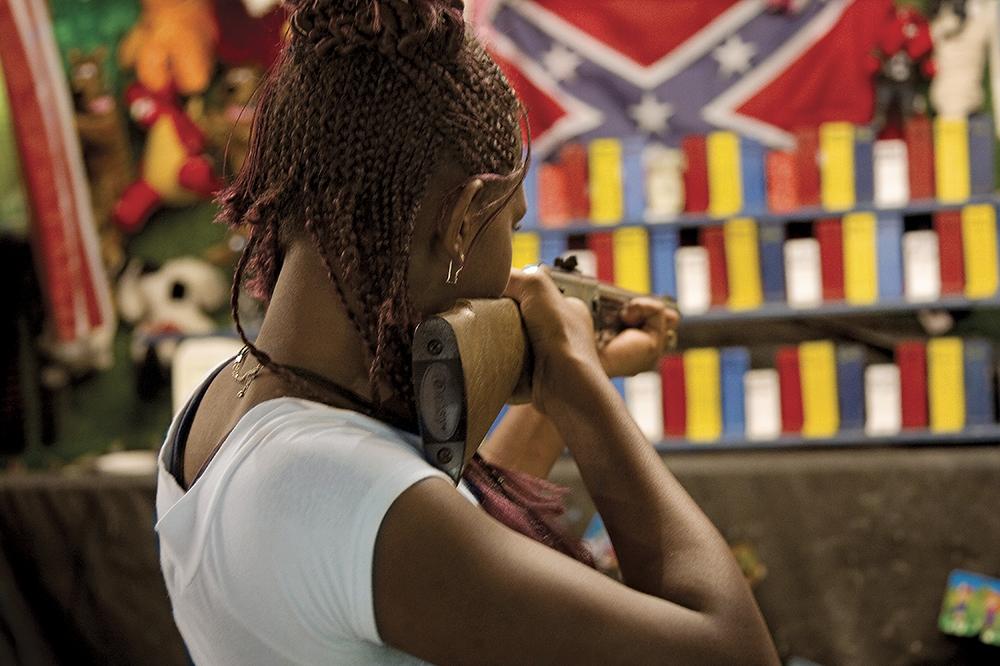
Start 2019 off right by seeing these Charleston art exhibits you might’ve missed in 2018
Post & Courier | January 2, 2019
The year 2018 has come and gone, and in the blink of an eye, hundreds of art exhibits passed us by in Charleston.
Hung and unhung from gallery walls all across town were some diverse and provocative displays, from P-Nut’s poetic legacy shown and celebrated at the Charleston County Library to Camela Guevara’s “Care Works” embroidery exhibitat Redux, still available for viewing through Jan. 12.
Among some of the artwork that remains are long-term exhibits at the Gibbes Museum and the Halsey Institute of Contemporary Artat the College of Charleston.
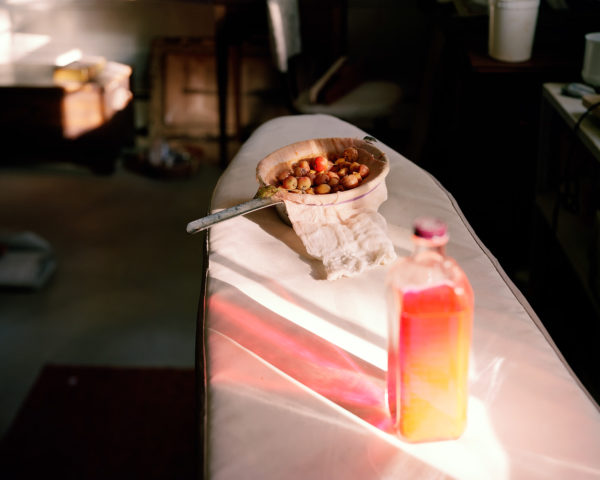
BURNAWAY’s Best of 2018
BURNAWAY | December 28, 2018
As the year comes to a close, BURNAWAY Executive Director Erin Jane Nelson and Editor Logan Lockner reflect on their favorite exhibitions in the South in 2018. Stay tuned for BA’s preview of 2019 next week.
…
“Southbound” at the Halsey Institute for Contemporary Art, Charleston
October 19, 2018 – March 2, 2019
The South has been a veritable Mecca for photography since the beginnings of the medium, and Southerners have been some of the leading contributors to the photography’s growth over the last century. “Southbound” makes the convincing case that the region is still a leader of photography globally by surveying not only exciting young upstarts like Sheila Pree Bright, Susan Worsham, and Tommy Kha but also acknowledging artists like Burk Uzzle, Alex Harris, and Lucinda Bunnen who have been working in the region for decades. — EJN
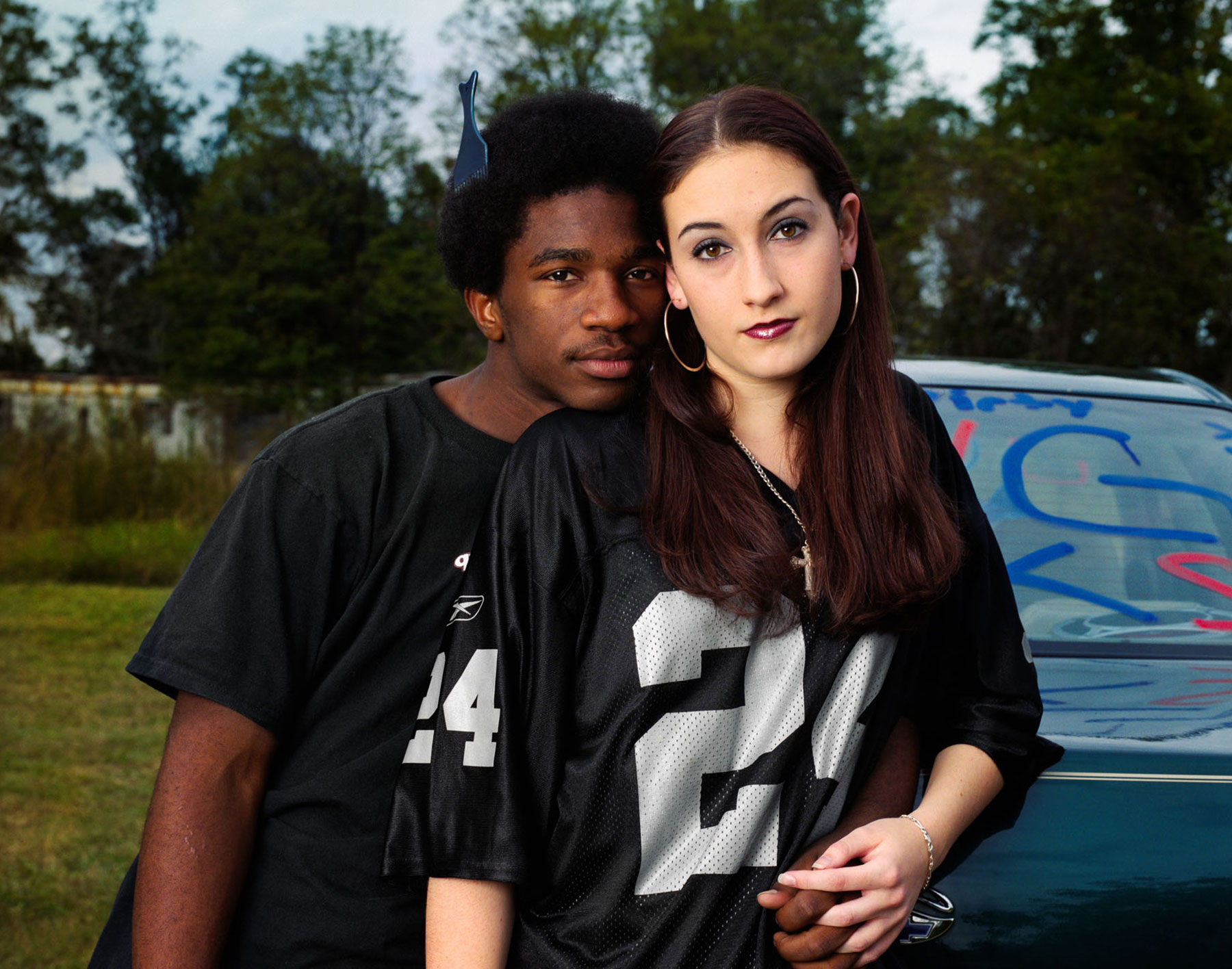
From the New South to a West Ashley comedy night, a look back at the year in arts
Charleston City Paper | December 26, 2018
It’s not easy to summarize a year in arts in Charleston, nor is it easy to pick out a few events, exhibits, and interviews that stand out in a sea of stories. This list is neither comprehensive, nor ordered in any particular fashion. It’s just what we remember best about the arts scene of 2018 based on our gut reactions to works of art, people, and places. These exhibits, films, and comedians made us cry, scream, and laugh (in no particular order) all year. Here’s why:
An exhibition four years in the making (and still going on — check it out through March 2 2019), Southbound is impressive in both its scope and in its message. Featured in two galleries, the exhibition, which opened at the Halsey Institute of Contemporary Art and City Gallery this fall, looks at “photographs of and about the New South,” through the eyes of 56 artists and photographers. In our October 2018 cover story on the expansive art exhibit, writer Chase Quinn asked, “What are we actually talking about when we talk about the New South, a term bandied about with the same frequency (and often the same conceit) with which people label Charleston ‘quietly progressive?'”
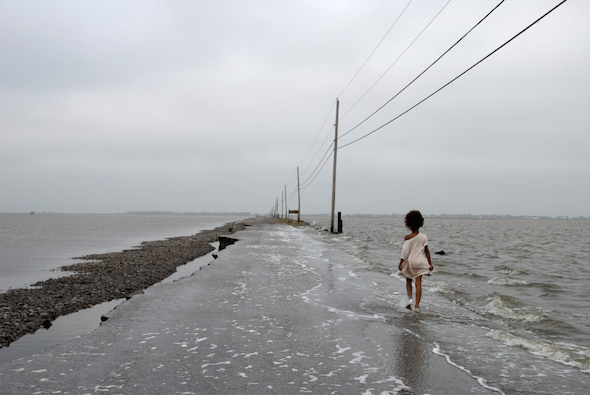
THE NEW SOUTH FROM THE EYES OF OUR GENERATION
Art Mag | Fall 2018
To have an understanding of the New South, we must come to grips that there is a tension between what we think about the South and what actually is true about this place.
Southbound: Photographs of and about the New South becomes the lens through which we explore these questions and ideas. Presented by The Halsey Institute of Contemporary Art at the College of Charleston and curated by Mark Sloan and Mark Long, Southbound will be on view from October 19, 2018 to March 2, 2019 at both The Halsey Institute of Contemporary Art and City of Charleston’s City Gallery.
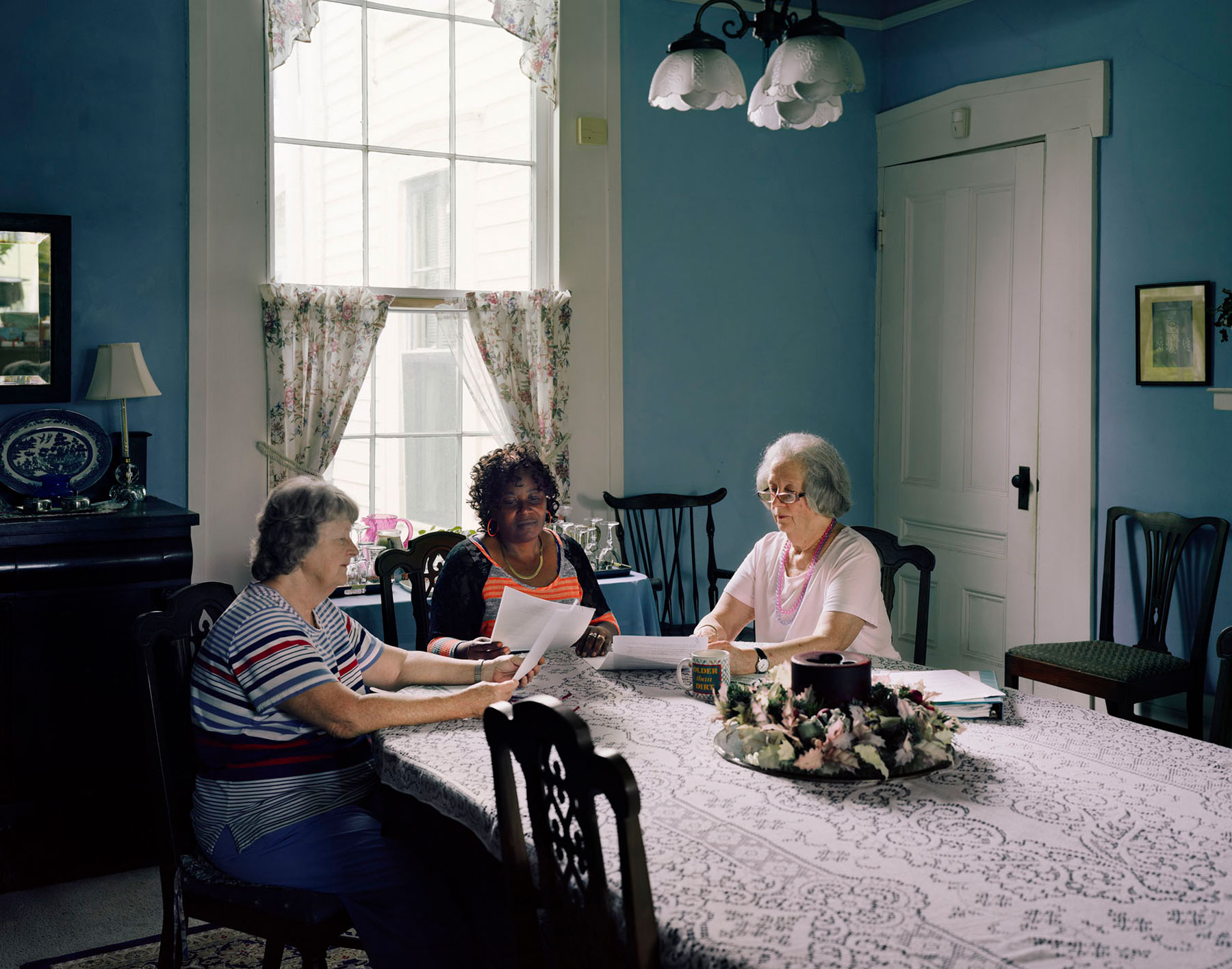
Q&A with Conway-based Southbound photographer, Jeff Rich
Charleston City Paper | October 18, 2018
We chatted with one of Southbound‘s artists, Jeff Rich, ahead of the Halsey’s exhibit, which opens tomorrow, Fri. Oct. 19. Rich is a photographer and educator who explores water-related issues via long-term documentary projects about specific regions of the country.
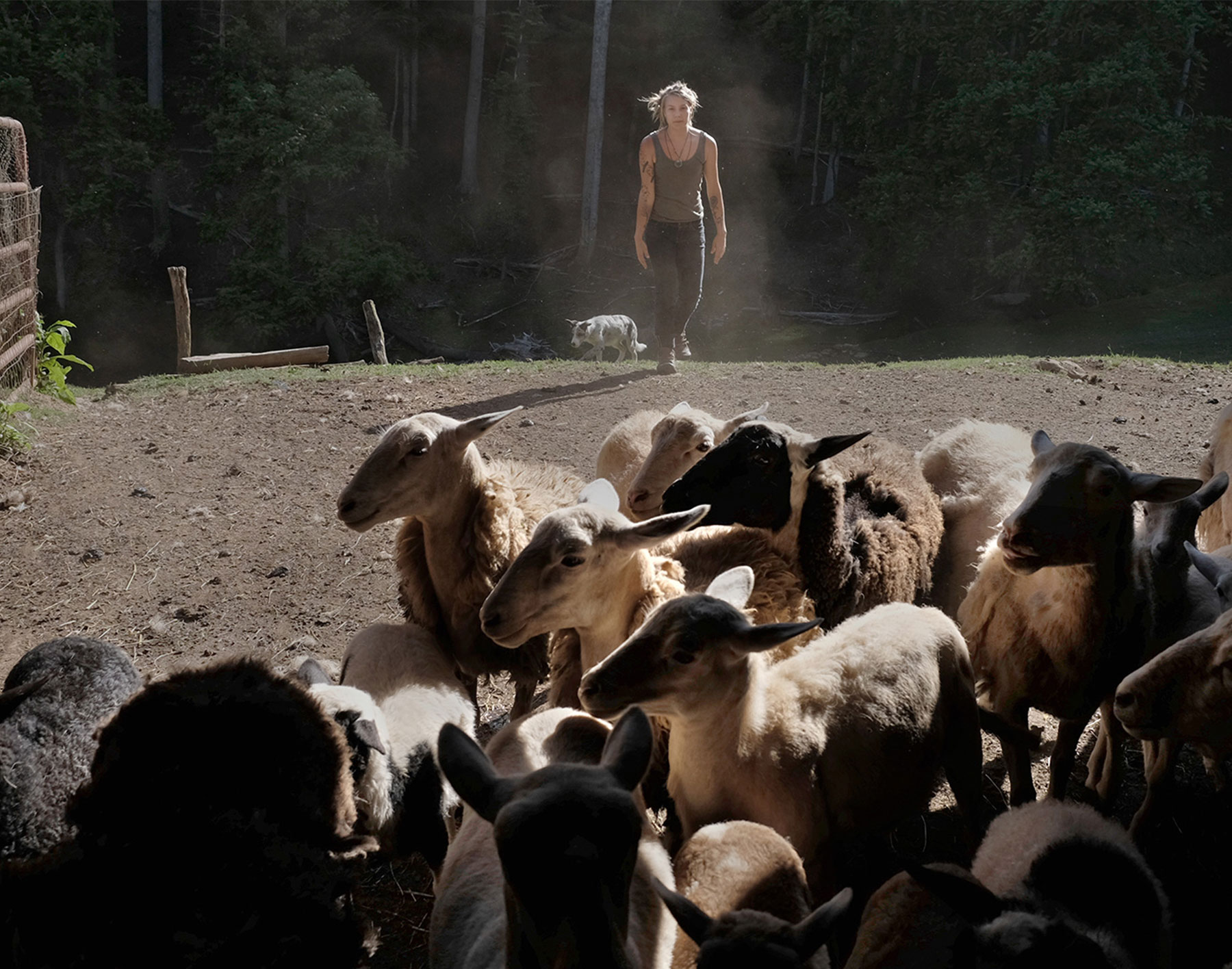
Halsey’s ‘Southbound’ Exhibit Explores Complexities of Southern Life
The College Today | October 18, 2018
What does the contemporary South look like? It could be as color-saturated as a basket of local tomatoes – or as somber as a black-and-white portrait of a tattered man. If you survey Southern photographers today, you’ll find they capture everything from junkyard dogs and Dixie signs to Mississippi’s indigenous peoples, from marching activists to homecoming queens.
Now, the Halsey Institute of Contemporary Art at the College of Charleston presents a far-reaching exhibition and programming series that is as vast and varied as the divergent social, political and artistic terrain it explores.
From Oct. 19, 2018, through March 2, 2019, “Southbound: Photographs of and about the New South” will be on view simultaneously at the Halsey Institute and the City Gallery at Waterfront Park, which represents a partnership between the College of Charleston and the City of Charleston.
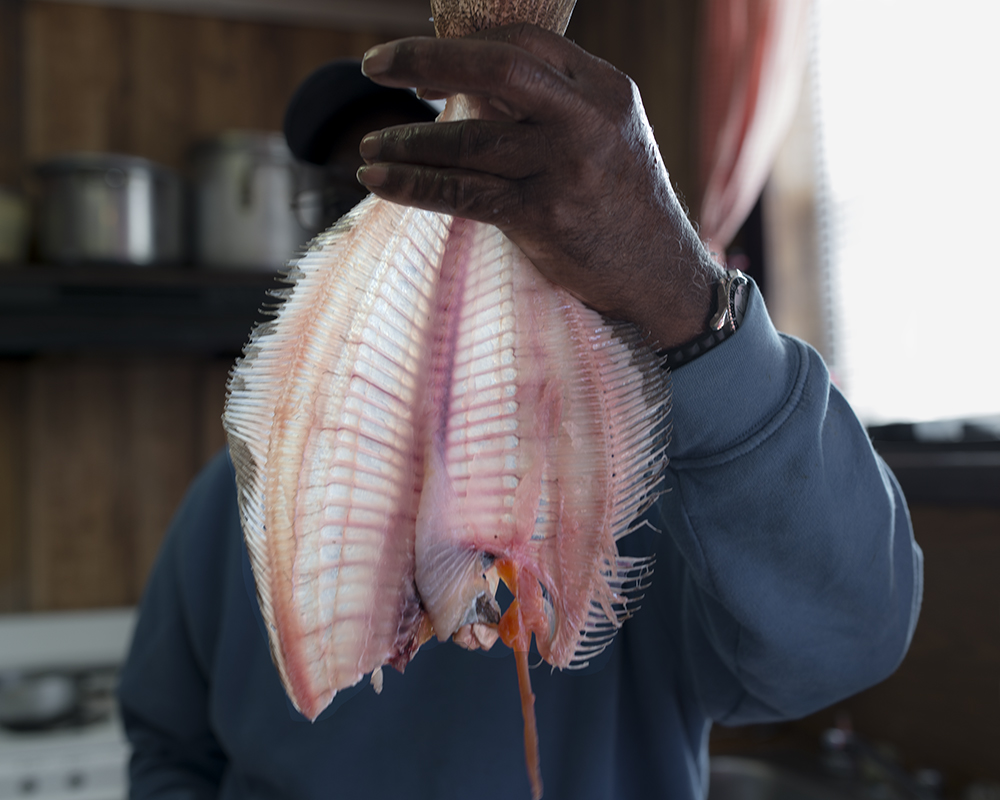
SOUTHBOUND AND ITS PHOTOGRAPHERS
Charleston Grit | October 17, 2018
Southbound: Photographs of and about the New South is about the South as a whole. It doesn’t focus on one city, state, topography, and group of people. The photographs capture a feeling, a moment in time in the New South.
“Funnily enough, Charleston itself isn’t portrayed as much as you may image, but Charleston – in terms of a geographer, it’s interesting to think about the places that are represented – but its certainly very visible because of the places that photographers are drawn towards,” Mark Long said.
When looking at the historical south, Long comments that you can draw a line from Charleston to other places in an interesting way.
One photographer, Thomas Daniel, photographs people and events on the fringes of American society. Southbound features images from his reenactment series titled Southern Cause. His experience as a combat photographer in Vietnam is important to consider when viewing these images.
“He embedded himself in the civil war reenactment and disguised his camera. He gets a rank,” Sloan said.
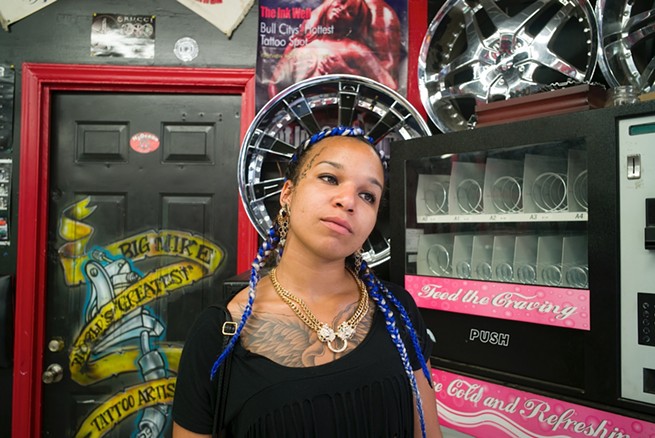
Halsey’s Southbound explores the paradox of the “New South”
Charleston City Paper | October 17, 2018
What are we actually talking about when we talk about the New South, a term bandied about with the same frequency (and often the same conceit) with which people label Charleston “quietly progressive”? It can be hard to define and seems to really depend on who you ask. In a companion video to the Halsey Institute of Contemporary Art’s upcoming photographic exhibit Southbound: Photographs of and About the New South, folklorist William Ferris reminds us that “each generation has claimed to be the New South.”
As a point of fact, the term was coined in the 1880s by journalist Henry W. O’Grady. From its inception, it was meant to describe the emerging and restructured social, economic, and political order of the South after the Civil War. Popularly, it is often used to describe specific parts of the South that more closely resemble other urban and progressive centers of the country. For photographer and native of Montgomery, Ala., Andy Scott, for example, the New South always had a very specific connotation: “Growing up in Alabama, which is not the New South in my mind, it meant Dallas, Charlotte, and Atlanta … cities that seemed to be most like the rest of the country. Progressive socially, and in terms of business engagement.”

SOUTHBOUND EXHIBIT INCLUDES SEVERAL DON’T-MISS EVENTS
Charleston Grit | October 16, 2018
Southbound, touting 56 photographers, 220 photographs in the exhibition, 550 photographs in the whole project, opens on Friday, October 19 at 6:30 p.m. If you haven’t read part 1 of this series on Southbound, please click here.
There are several factors that go into selecting photographs for an exhibit of this magnitude. One key factor is that the photographs have to be available, but it is more than that.
“We wanted to make sure that we had a representation of Urban South. That is a part of the New South. There are Atlanta skylines in car mirrors and other things. But, we also wanted to make sure that we represented the world and agrarian cultures that are here because that is a very big part of the American south. So we also looked at stereotypes,” Sloan said.
But, at a point, the stereotypes become redundant.
“How many images do we have of downtrodden farmers? And how many do we want? Do we have corporate executives sitting at the golf course? We don’t have any of those because photographers tend not to be attracted to that. We do have black lives matter rallies and we have all kinds of other things, zebra racing in New Orleans. We do have a pretty broad net,” Sloan said.
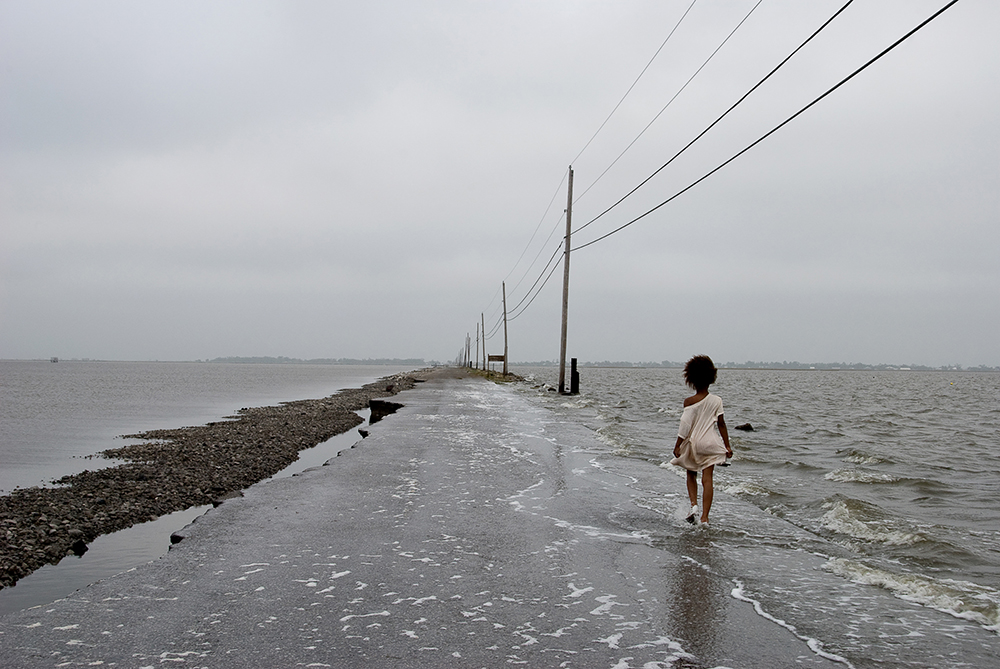
SOUTHBOUND PHOTOGRAPHY EXHIBIT TO OPEN AT THE HALSEY FRIDAY
Charleston Grit | October 15, 2018
Inside a simple brick building on the corner of Saint Phillip St. and Calhoun St. is a small museum dedicated to doing big things.
On Friday, October 19, The Halsey Institute is launching what might be its biggest endeavor yet – Southbound: Photographs of and about the New South.
Southbound is an ambitious collaboration between Mark Sloan and Mark Long. Sloan, the director and chief curator of the Halsey Institute of Contemporary Art at the College of Charleston, has arranged many engaging photography exhibits during his tenure, and Southbound is sure to be just as amazing. Long is a political geographer and professor of political science at the College. He’s also curator at large and academic liaison at the Halsey.
“The Marks,” as they are affectionately known, both have a litany of accolades and accomplishments to their name, and on Friday, they will add co-curators of Southbound to that list.
This exhibit, which is more than just a compilation of photographs, has been four and a half years in the making. It includes a study of art, geography, architecture, and more.

Charleston gallery mounts biggest show ever featuring photography of the South
Post & Courier | October 14, 2018
Where shall we begin? In the flooded Ninth Ward of New Orleans? At the rural roadside gas station and barbecue joint? Among the Latino migrant workers in Immokalee? With Confederate re-enactors, or with counter-protesters at the “White Power” march? Along the Underground Railroad, hidden by the trees and the night?
Or perhaps we should first look at the people of “intentional communities” who live outside the mainstream, or the beekeeper, or the children playing in the water, or the zebra racers, or the people who gather at Po’ Monkey’s juke joint.
Where ever you choose to look, the sprawling show “Southbound: Photographs of and about the New South” offers an unexpected view of this vast and contradictory region. That’s really the point, organizers say, for the South cannot be reduced to a simple sentence.
The exhibit, mounted by the Halsey Institute of Contemporary Art, features the work of 56 artists, divided between two venues: the Halsey’s galleries and City Gallery at Waterfront Park. All of the images were produced during the 21st century. It’s the Halsey’s biggest project in its history, and “the largest show of photography ever undertaken about the South,” said Halsey director Mark Sloan.

New Voices in Southern Photography and Where to See Them This Fall
Time | October 5, 2018
When people envision the South, they may conjure images made by photographers who stylized the “Southernization” of aesthetics during the last century. Walker Evans, Gordon Parks, Sally Mann and William Christenberry. There are the pastoral landscapes covered in Spanish moss; the storybook scenes of small towns and people whose lives have only known those small towns; historical images of segregation and stereotypical images impoverished Americans in crumbling homes. These images have had a lasting impact, but at a cost.
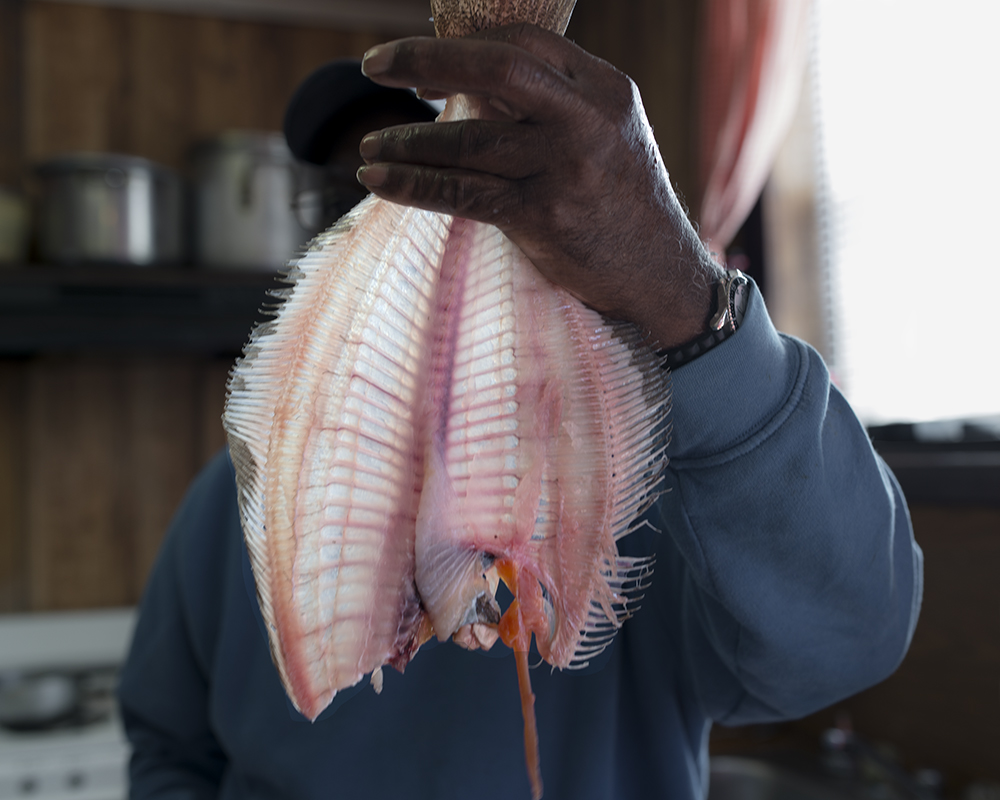
Redux partners with the Halsey to present series of talks on upcoming ‘Southbound’ exhibition
Charleston City Paper | October 4, 2018
On Oct. 19, the Halsey Institute of Contemporary Art unveils an extensive exhibition, Southbound: Photographs of and about the New South — one that’s been four years in the making. There’s so much to unpack in Southbound, an exhibition that spans two galleries, both the Halsey and downtown’s City Gallery, that the images themselves beg for further discussion. A three-part series of talks, then, seems like a reasonable response to Southbound. The series kicks off on Thurs. Oct. 11 with presentations from exhibition curators, Mark Sloan and Mark Long.
The next two talks come from locally based photographers whose work is featured in Southbound; on Thurs. Nov. 8 hear from John Lusk Hathaway and on Thurs. Dec. 13 from Michelle Van Parys. Each talk is free and open to the public, begins at 6 p.m., and takes place at Redux.
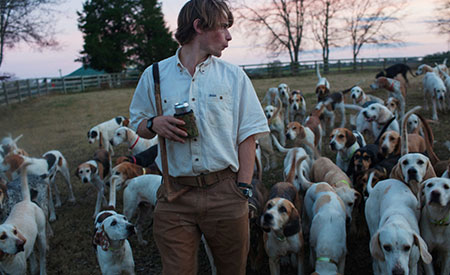
The Halsey Institute: Southbound Exhibit
Garden & Gun | September 27, 2018
An avenue of live oaks leading to an oil refinery in Louisiana. North Carolina’s Eno River, crowded with children cooling off on the Fourth of July. Iridescent oil swirling in the Gulf after the Deepwater Horizon disaster. Each of the 220 photographs in the exhibition Southbound—debuting this fall at the Halsey Institute of Contemporary Art at the College of Charleston—says more than meets the eye, an inherent friction at work in every image: between Old South and New, black and white, the environment and the demand for energy. Together, the photos call and respond to one another, telling a story of the modern South through the lens of fifty-six photographers, an unprecedented collection previewed here with images selected by Garden & Gun photography and visuals director Maggie Brett Kennedy.
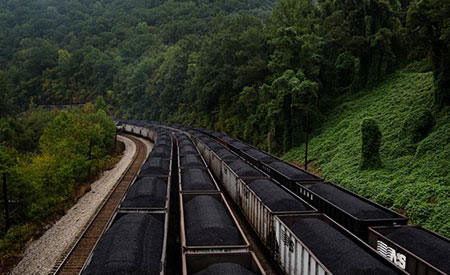
Halsey Institute Of Contemporary Art Opens Their Largest Project To Date, Southbound: Photographs Of And About The New South
The Coastal Buzz | August 7, 2018
The Halsey Institute of Contemporary Art at the College of Charleston presents the exhibition from October 19, 2018, to March 2, 2019, held simultaneously at both the Halsey Institute of Contemporary Art and the City of Charleston’s City Gallery at Waterfront Park.
Southbound: Photographs of and about the New South comprises fifty-six photographers’ visions of the South over the first decades of the twenty-first century. Accordingly, it offers a composite image of the region. The photographs echo stories told about the South as a bastion of tradition, as a region remade through Americanization and globalization, and as a land full of surprising realities. The project’s purpose is to investigate the senses of place in the South that congeal, however fleetingly, in the spaces between the photographers’ looking, their images, and our own preexisting ideas about the region.

SOUTHBOUND — Upcoming at Charleston’s Halsey Institute
The Southern Photographer | December 8, 2017
Mark your calendars now for October 19th, 2018, to attend the opening of Southbound: Photographs of and about the New South, at the Halsey Institute of Contemporary Art and the City Gallery at Waterfront Park, in downtown Charleston.
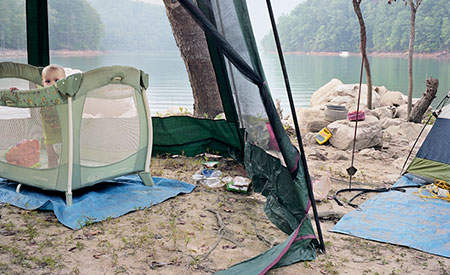
Sneak peek: Halsey debuts new exhibit, Southbound, in 2017
Charleston City Paper | December, 14 2015
We know, talking about 2017 is about as taboo as talking about New Year’s Eve plans (we’re scrambling for some, too). But when we glimpsed some of the images set to be used in a huge multi-media project, Southbound, co-curated by Mark Sloan, director of the Halsey, and Mark Long, professor of Political Science at CofC, we knew we had to share the project with y’all.
